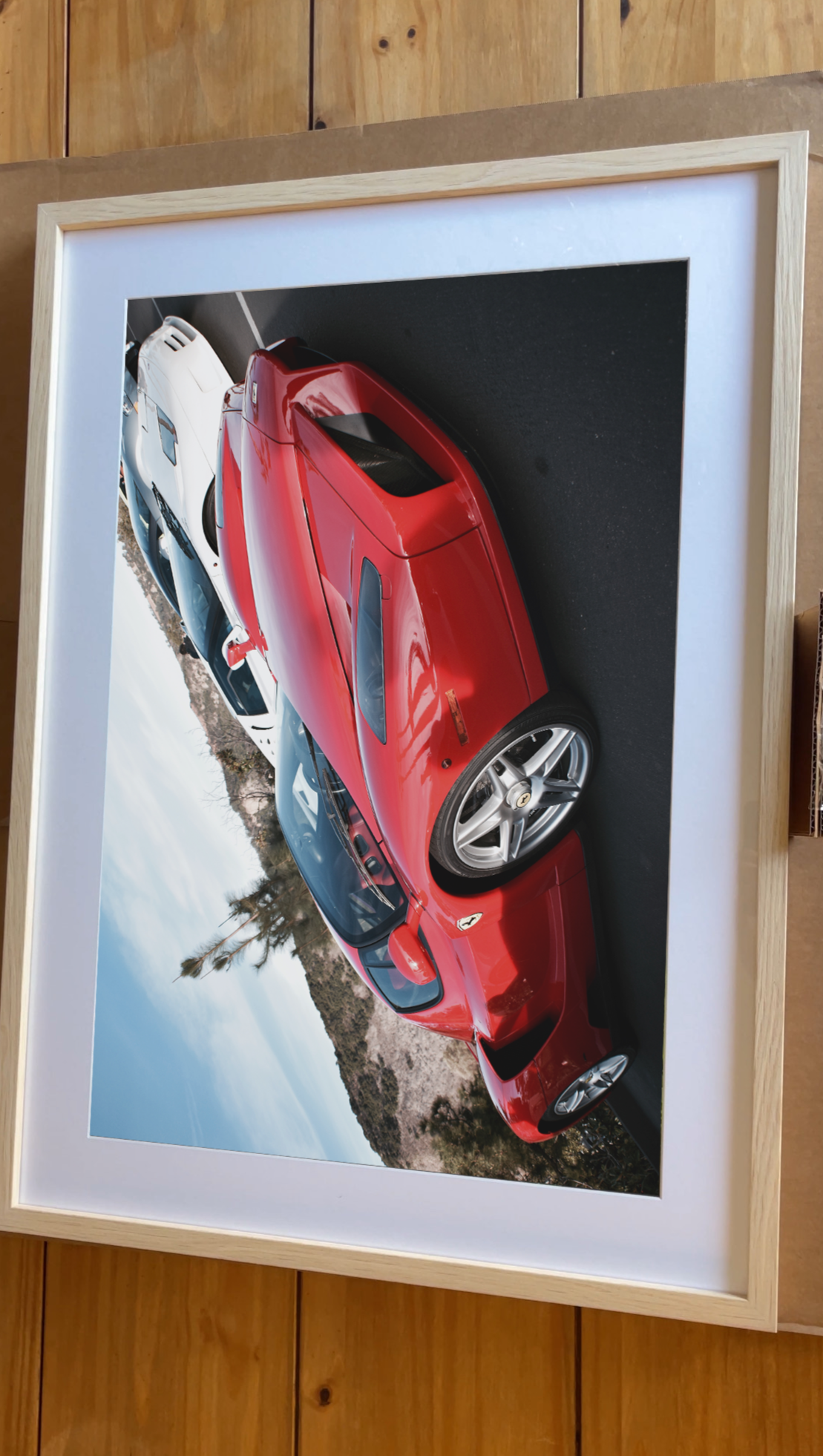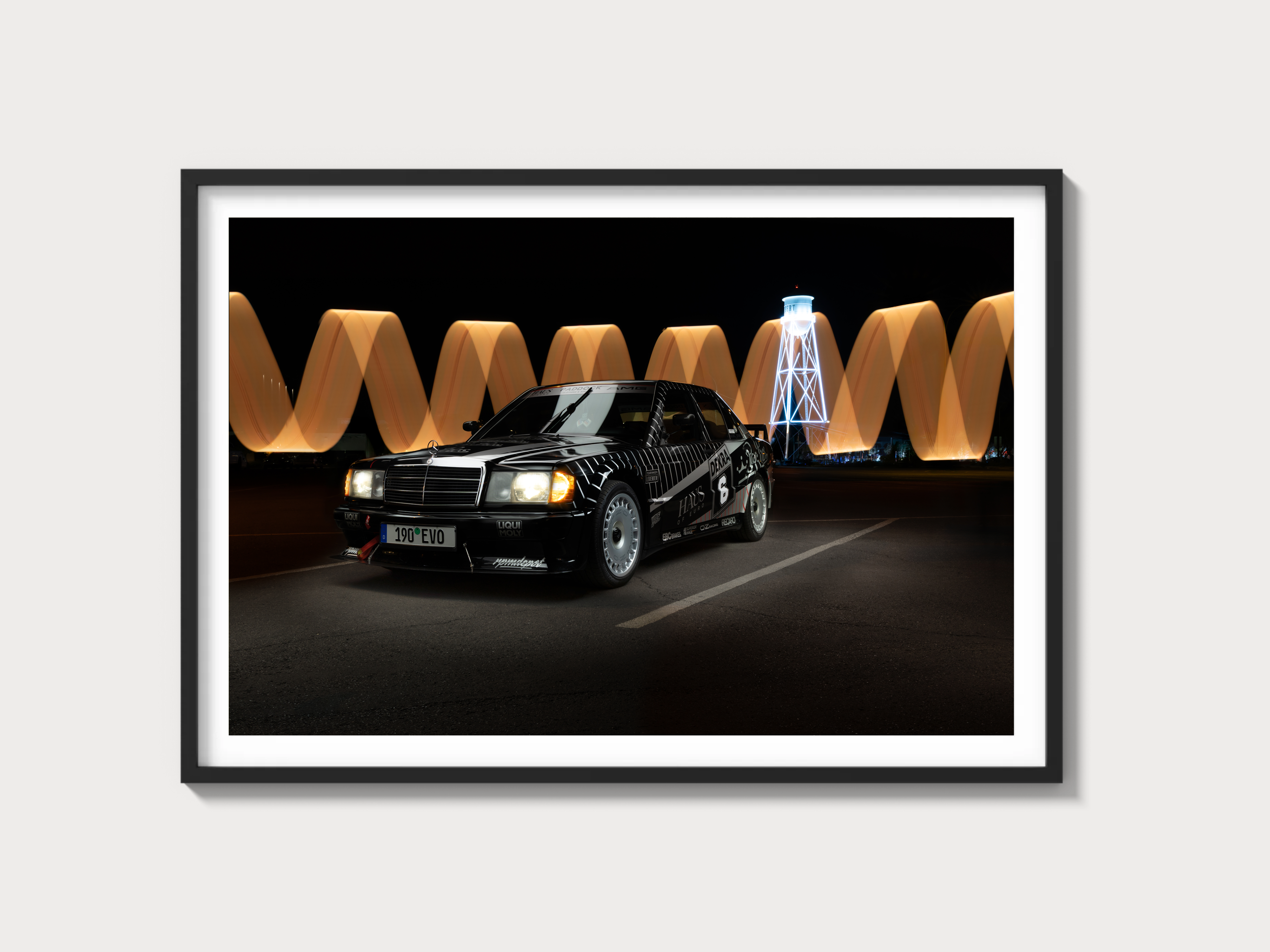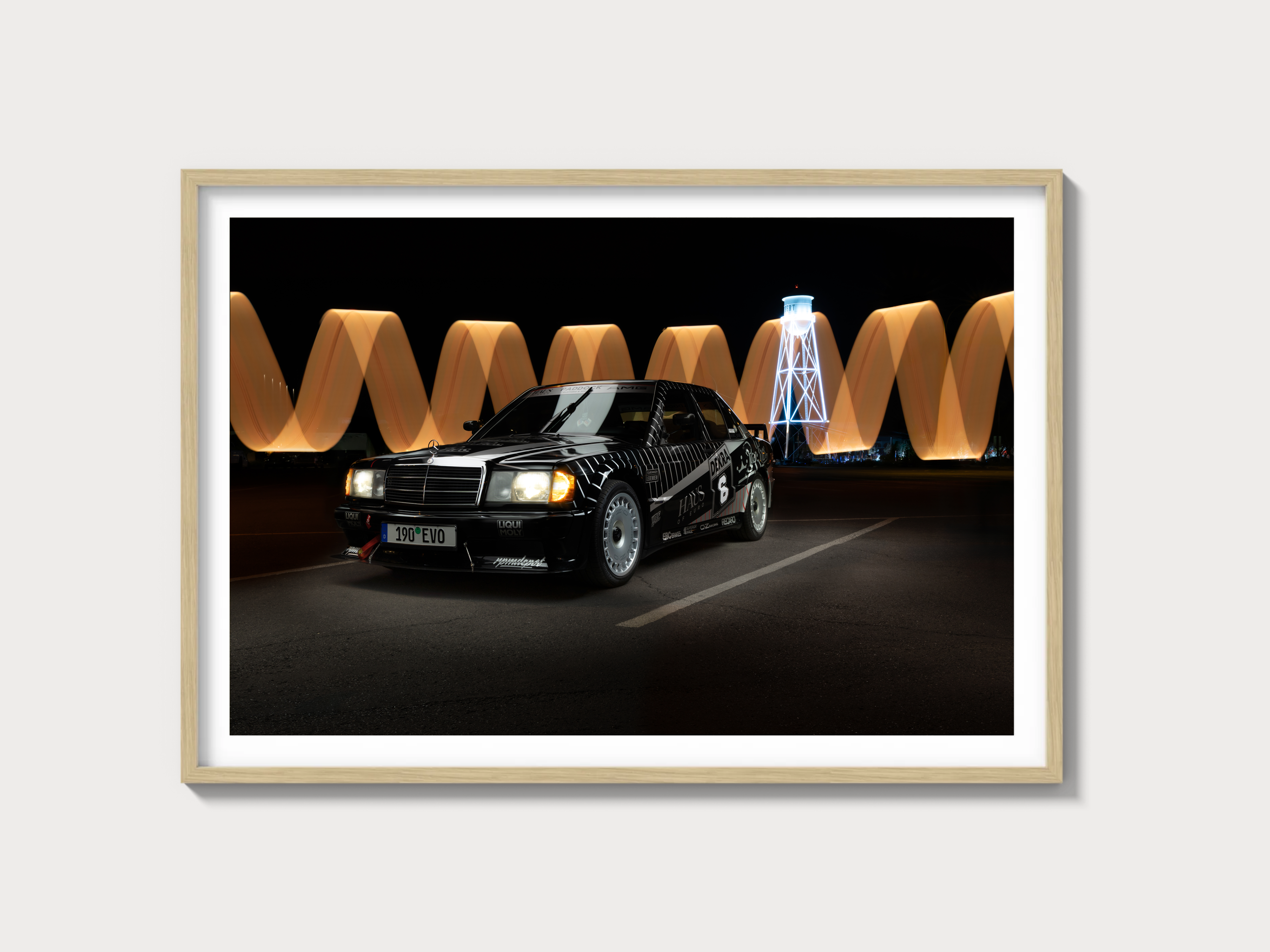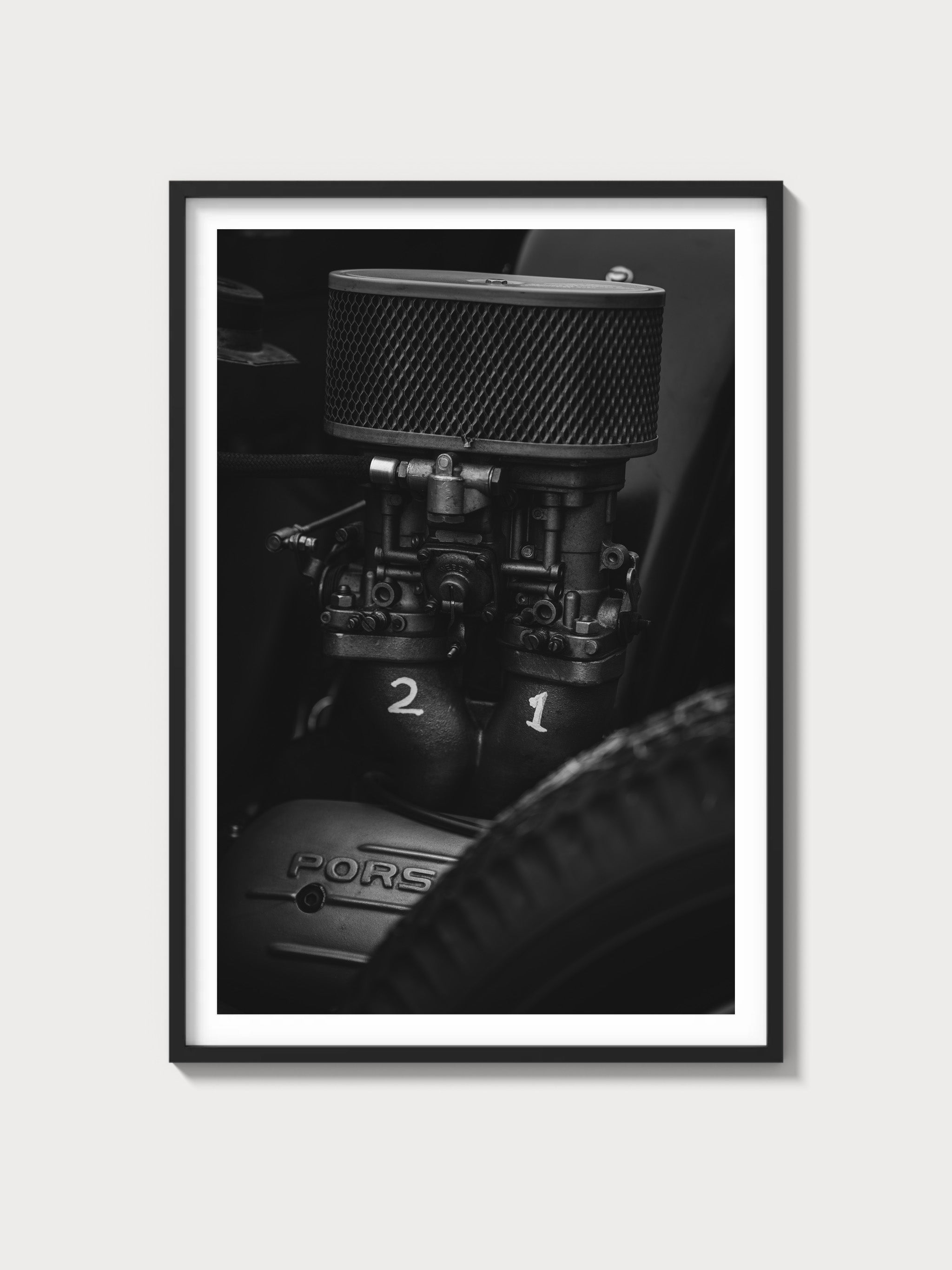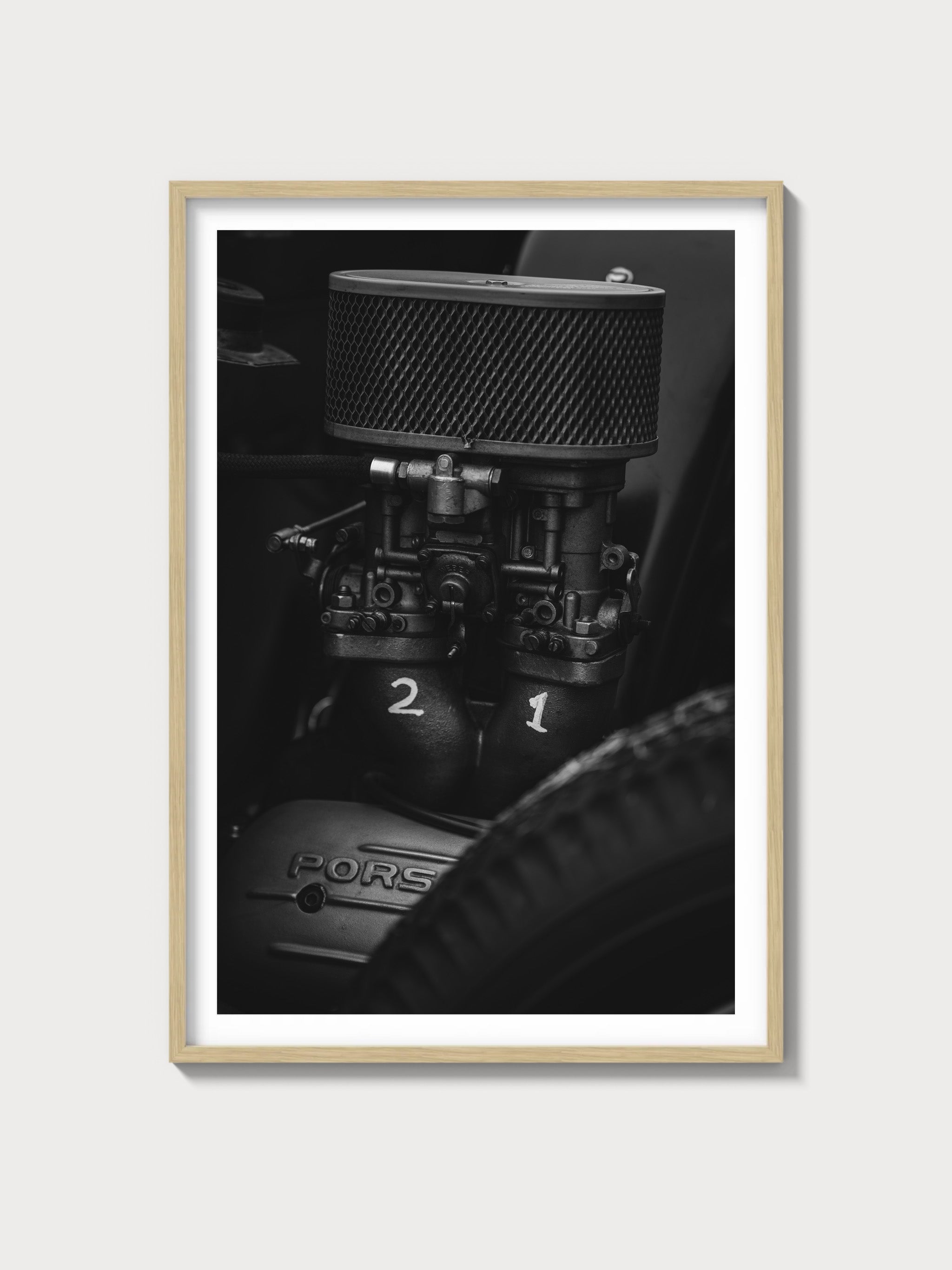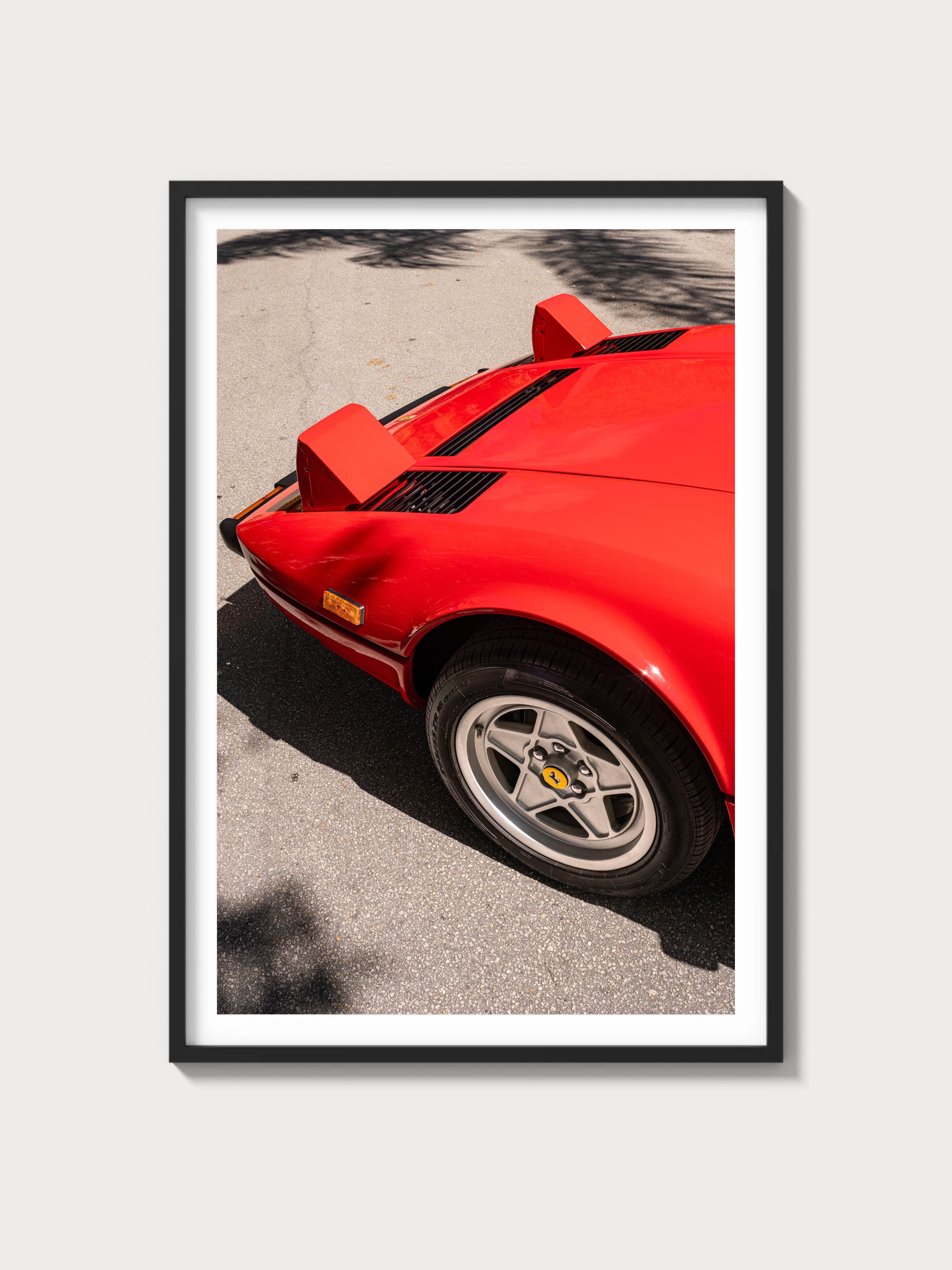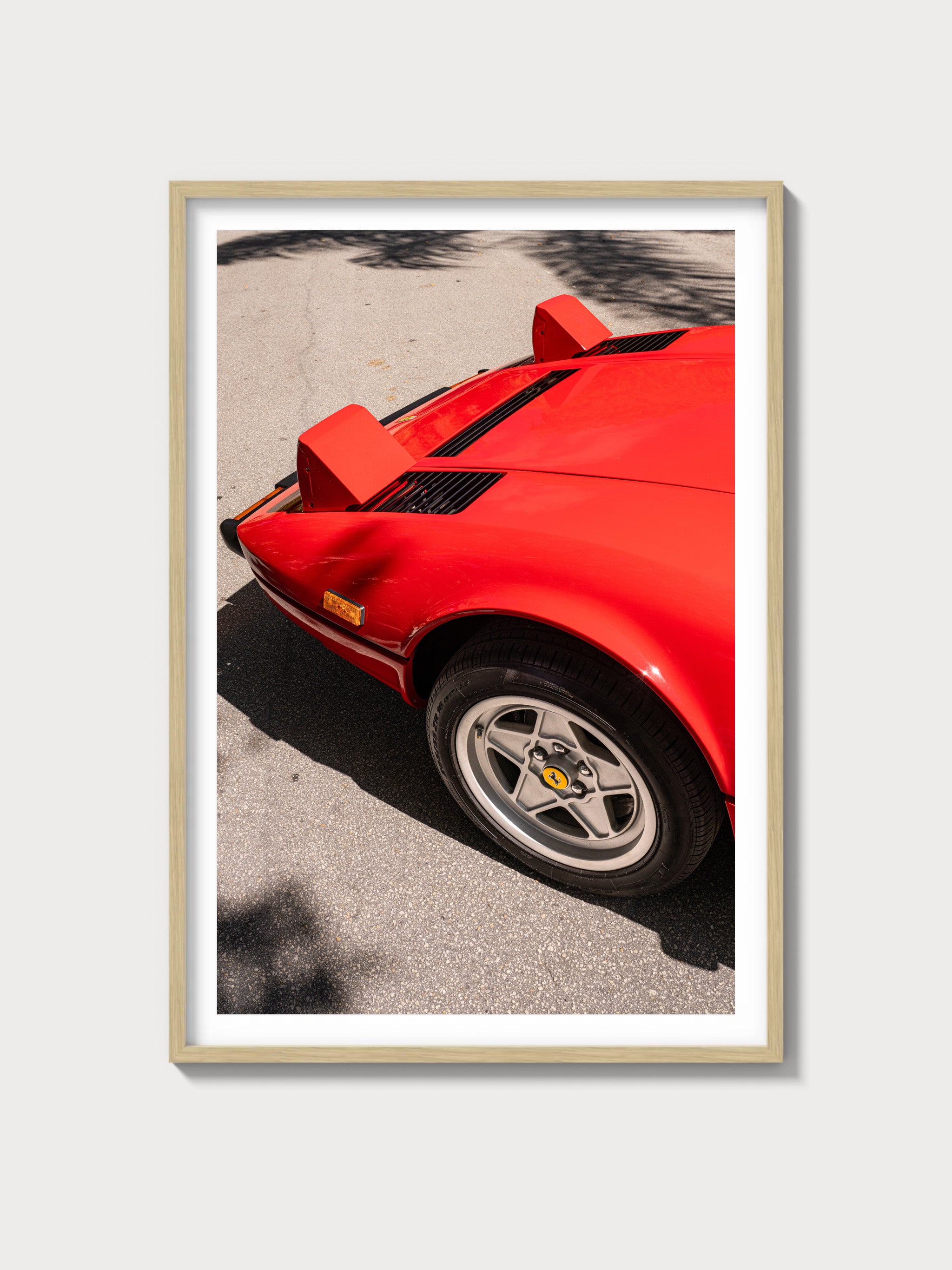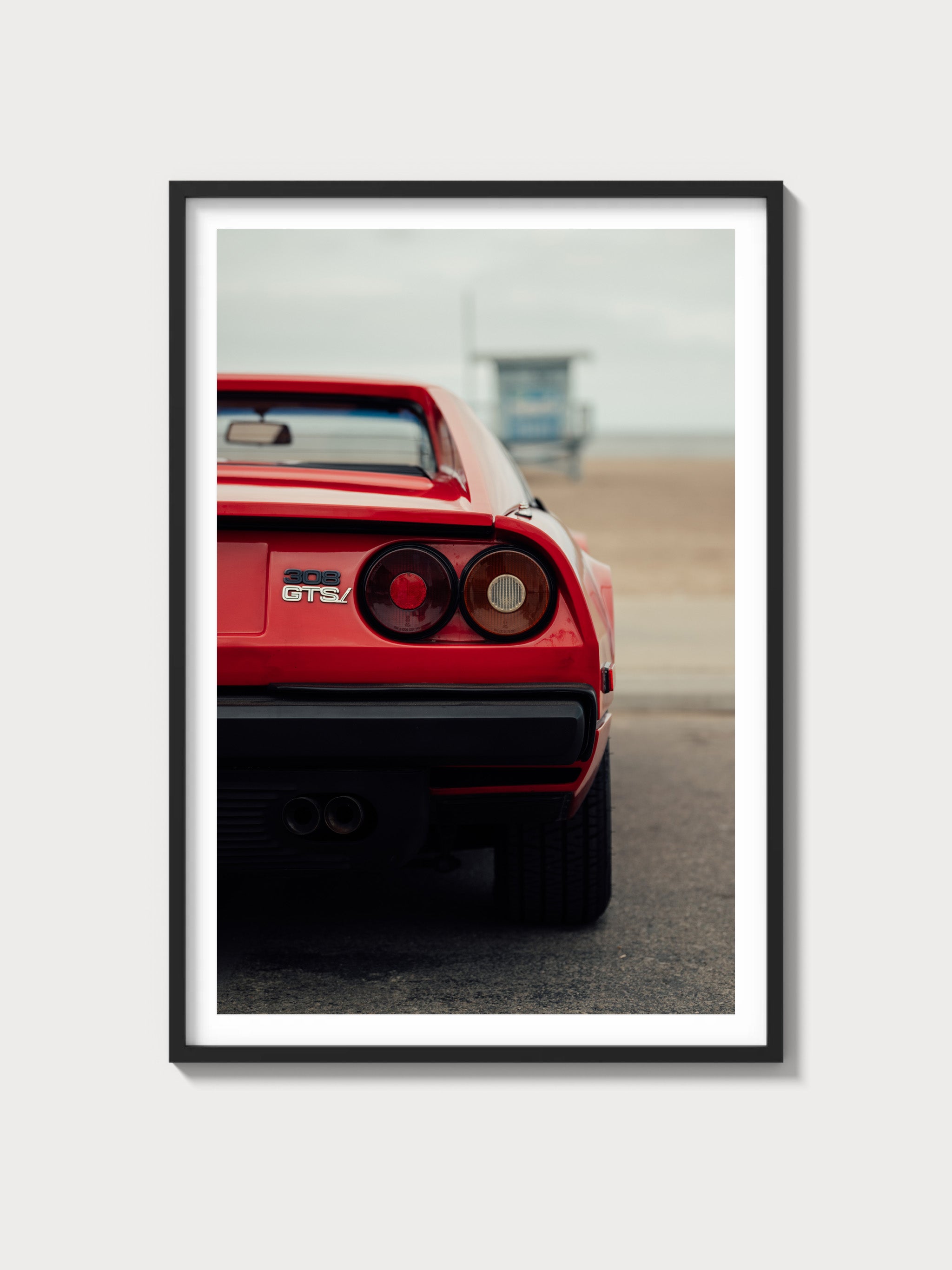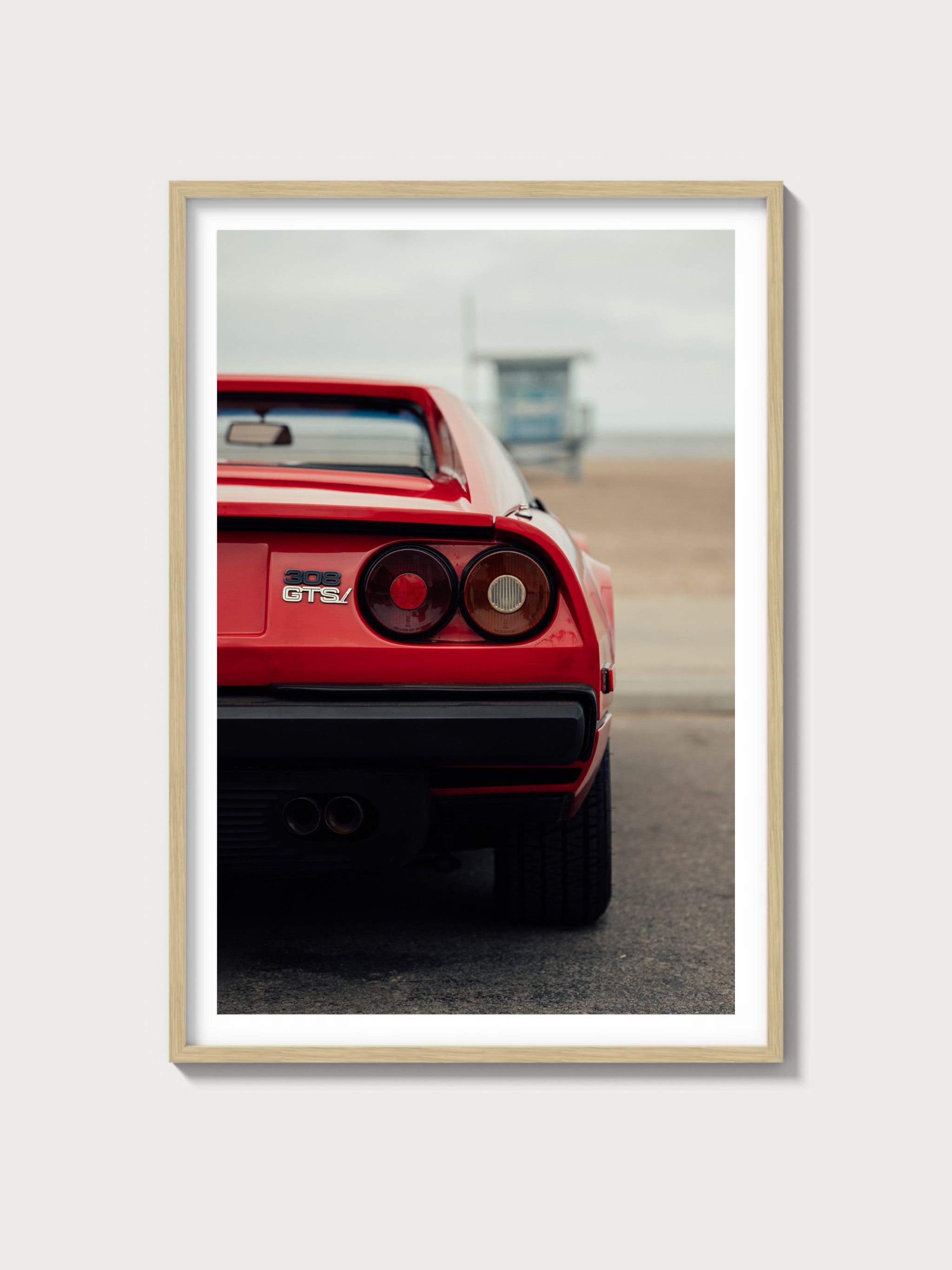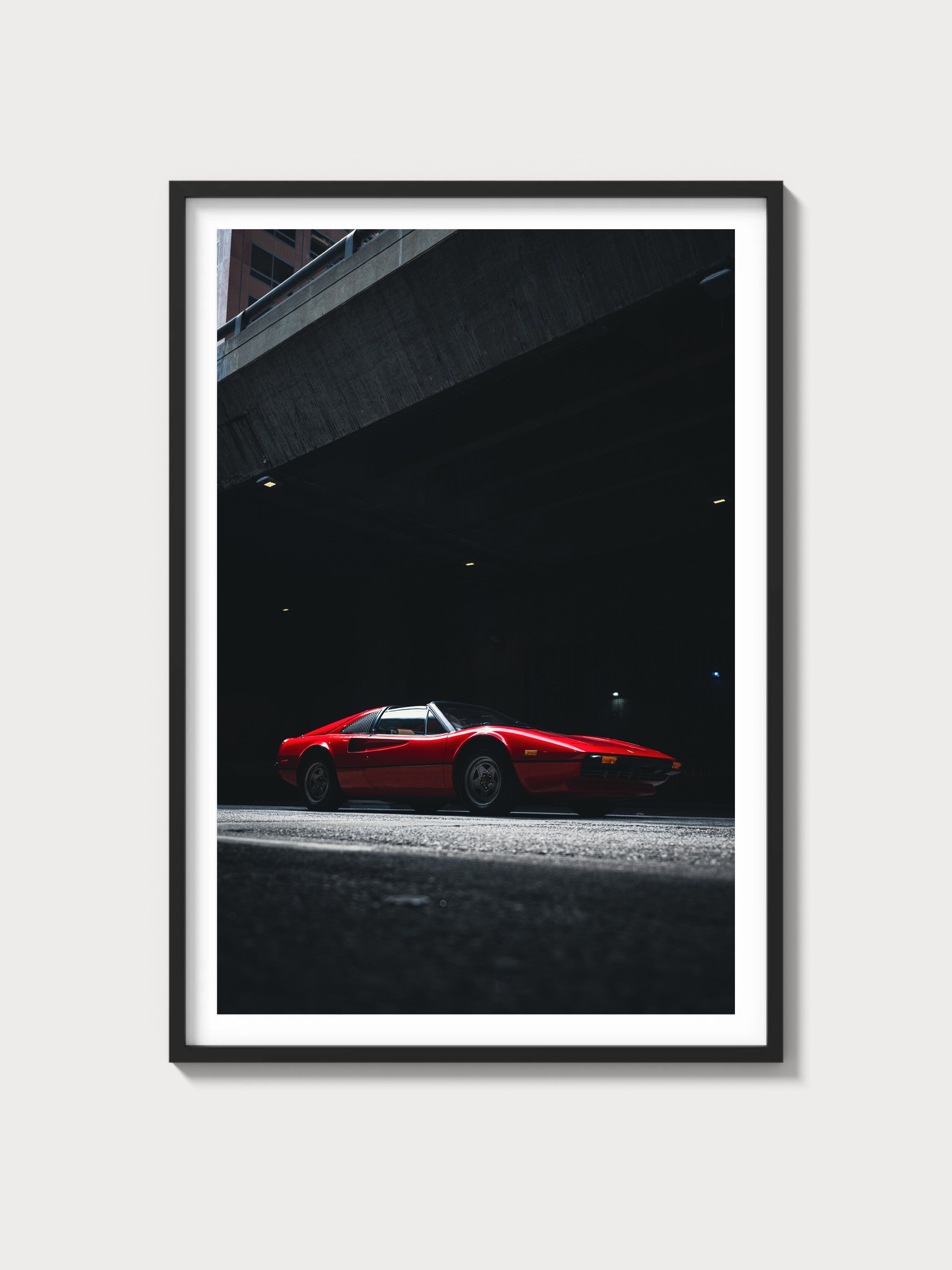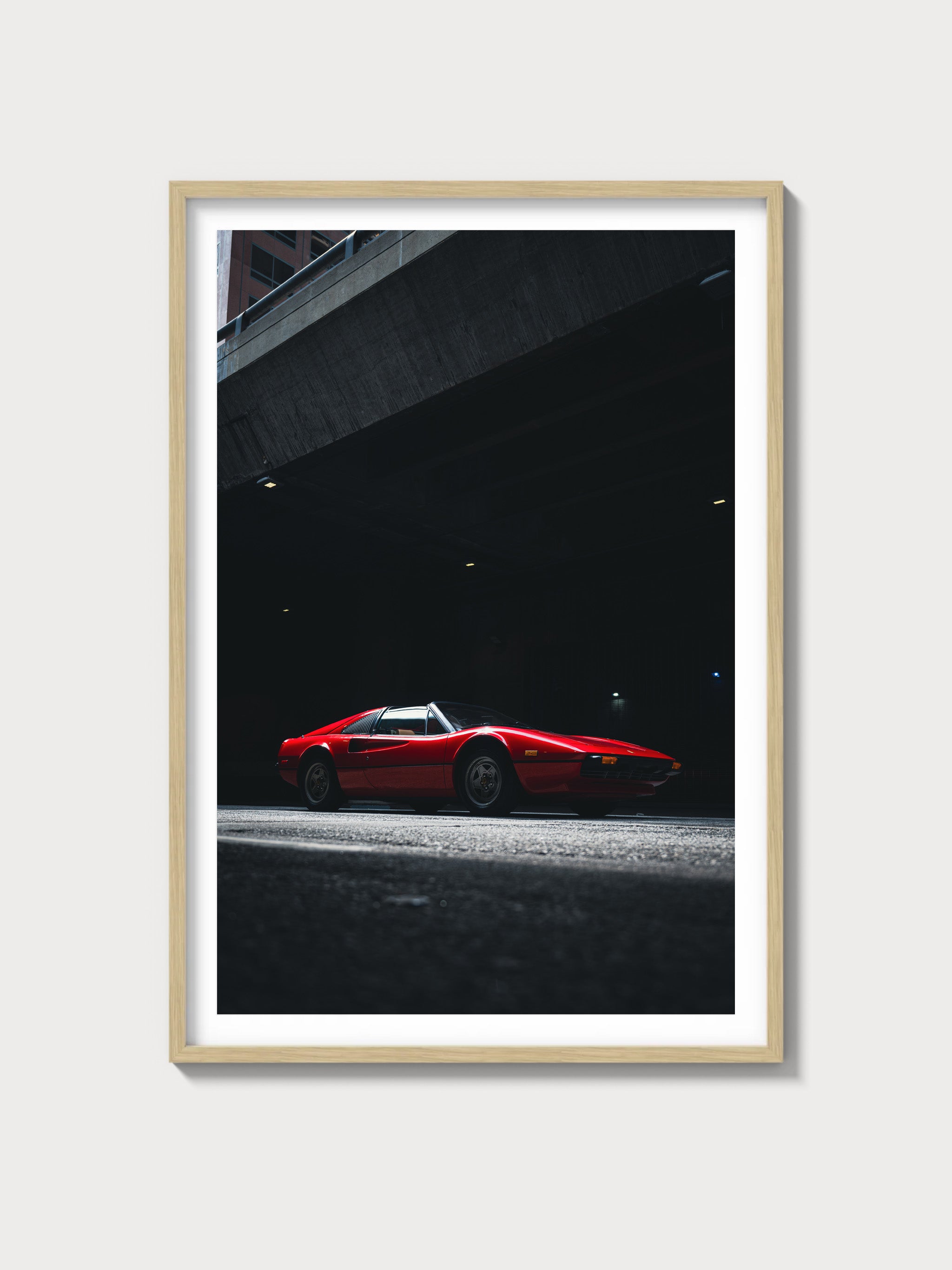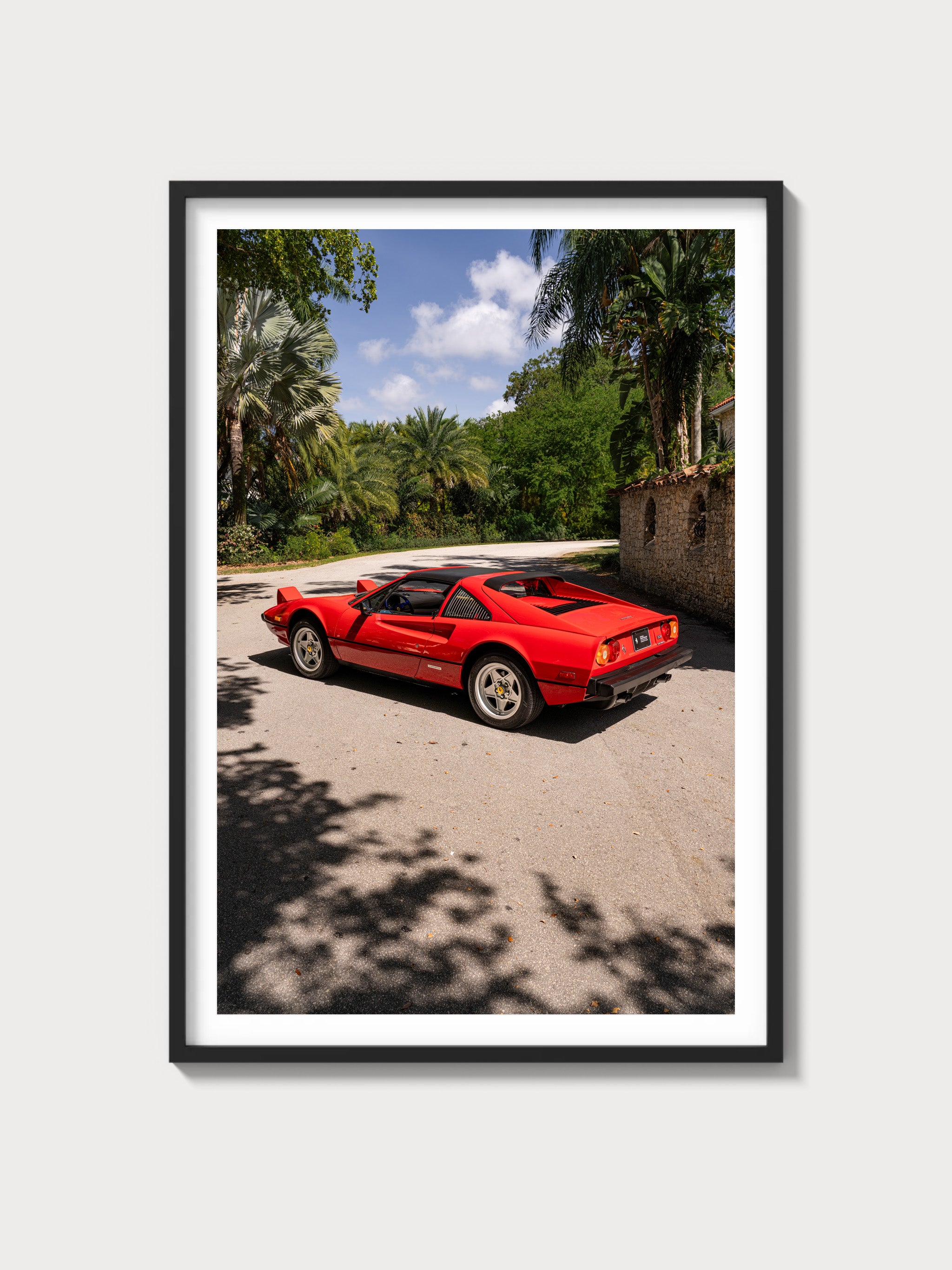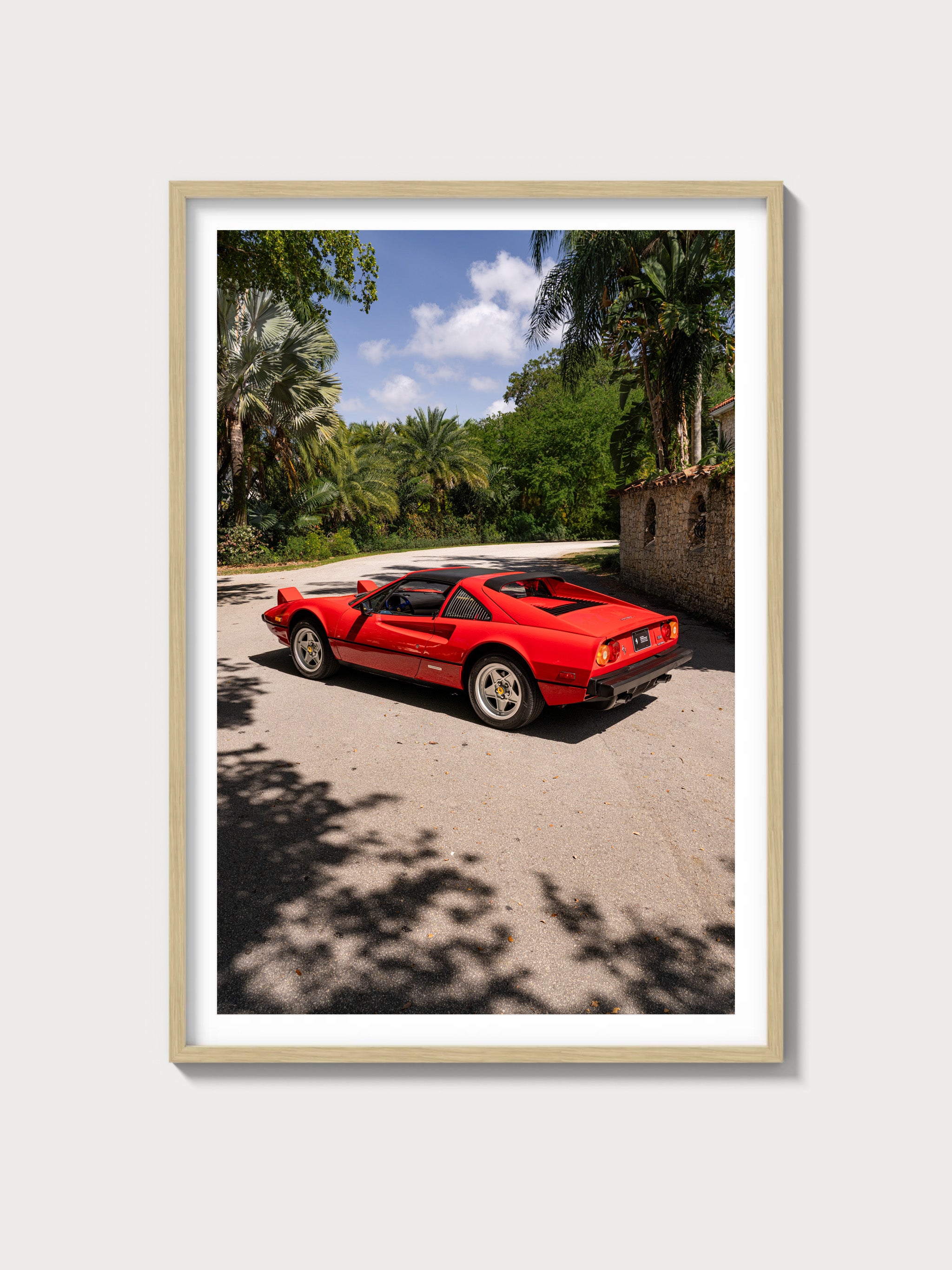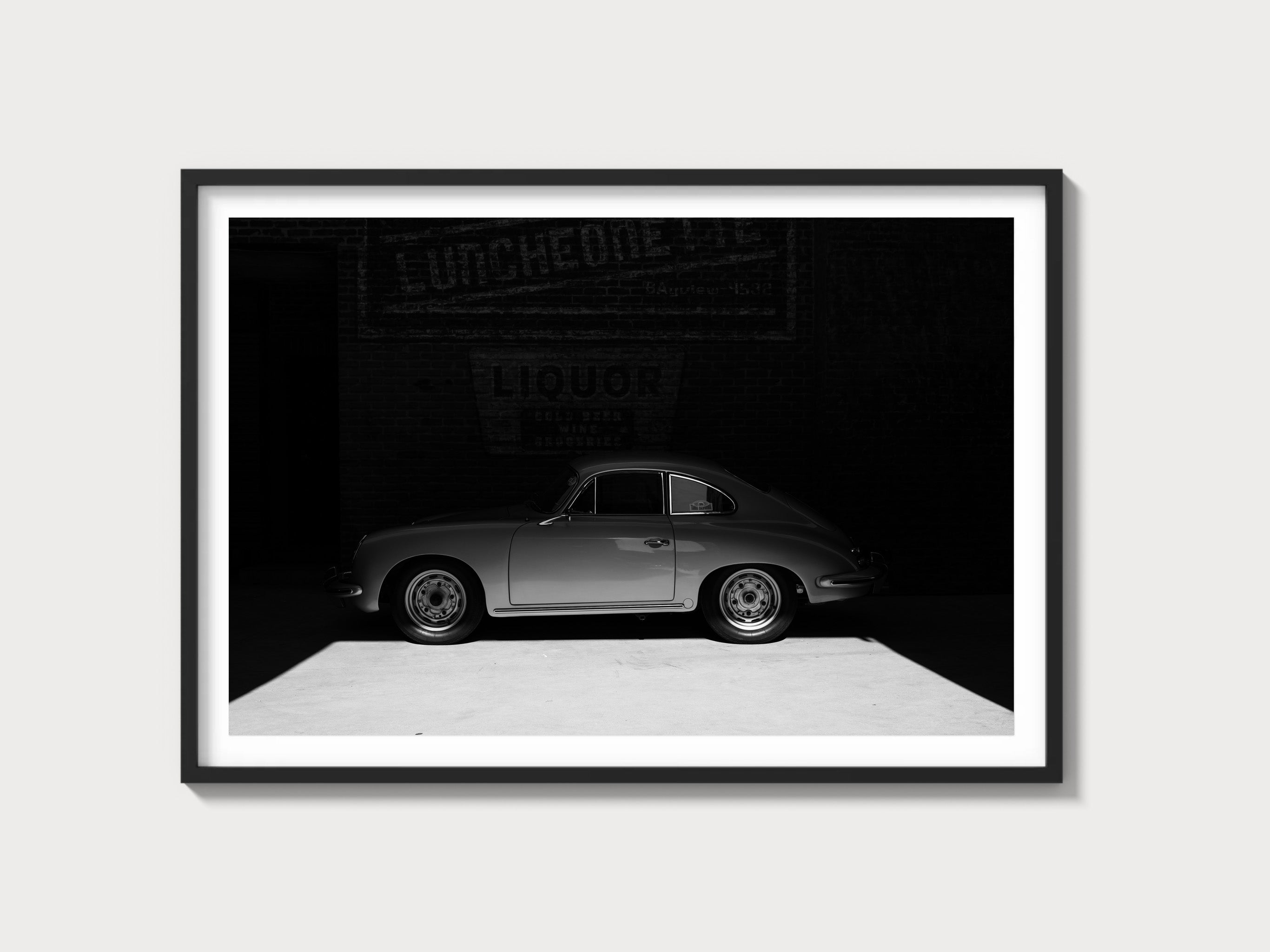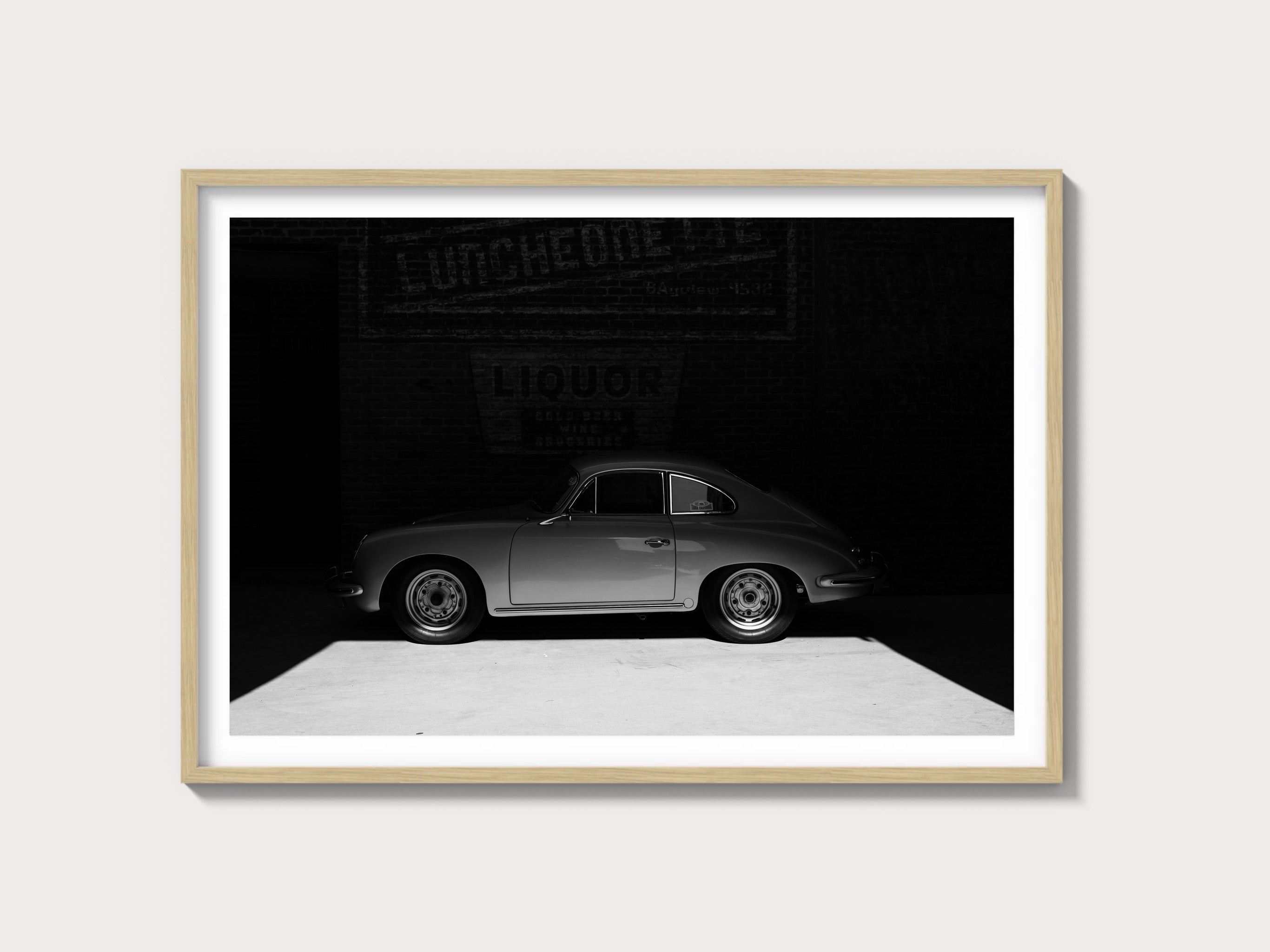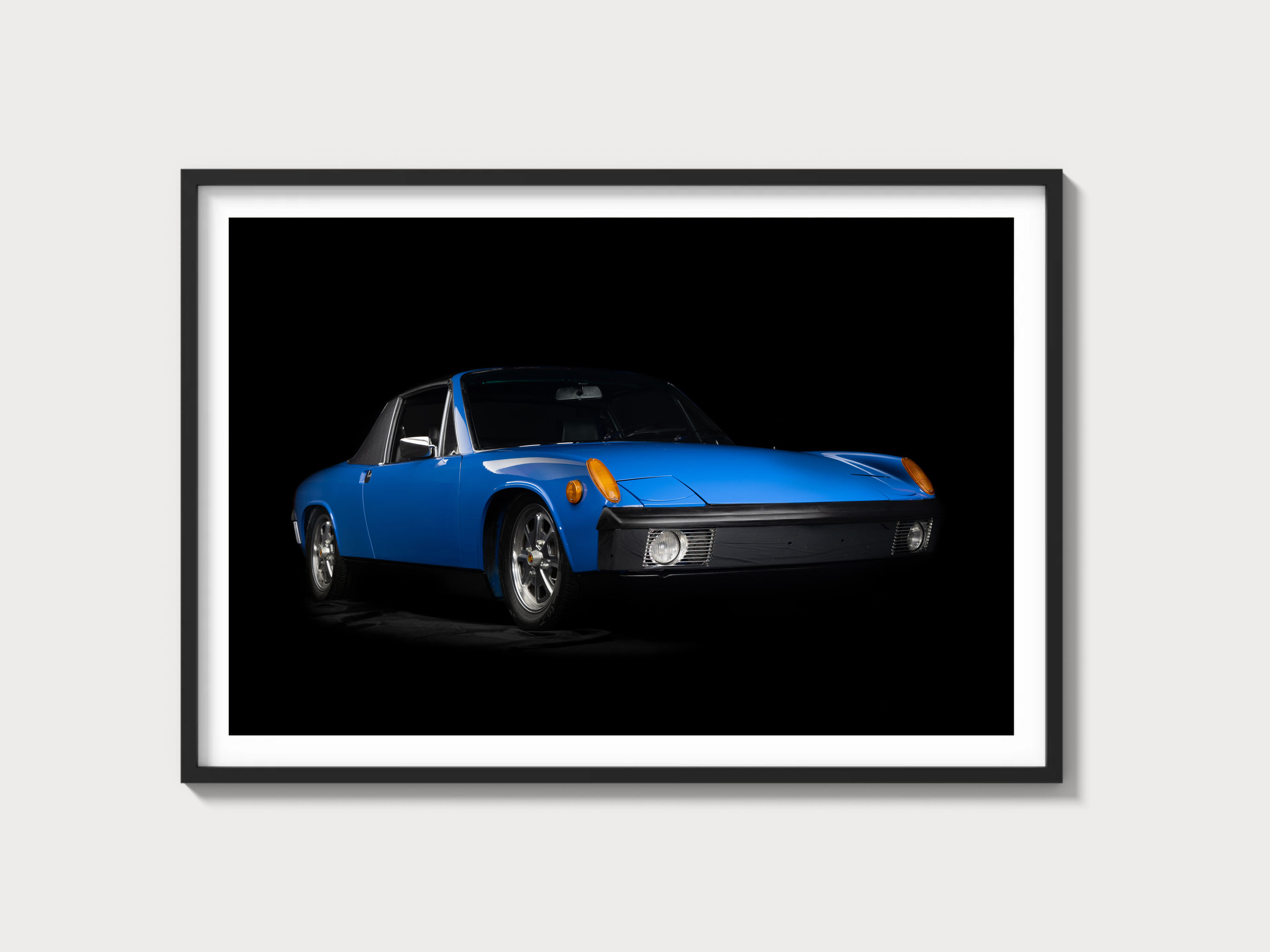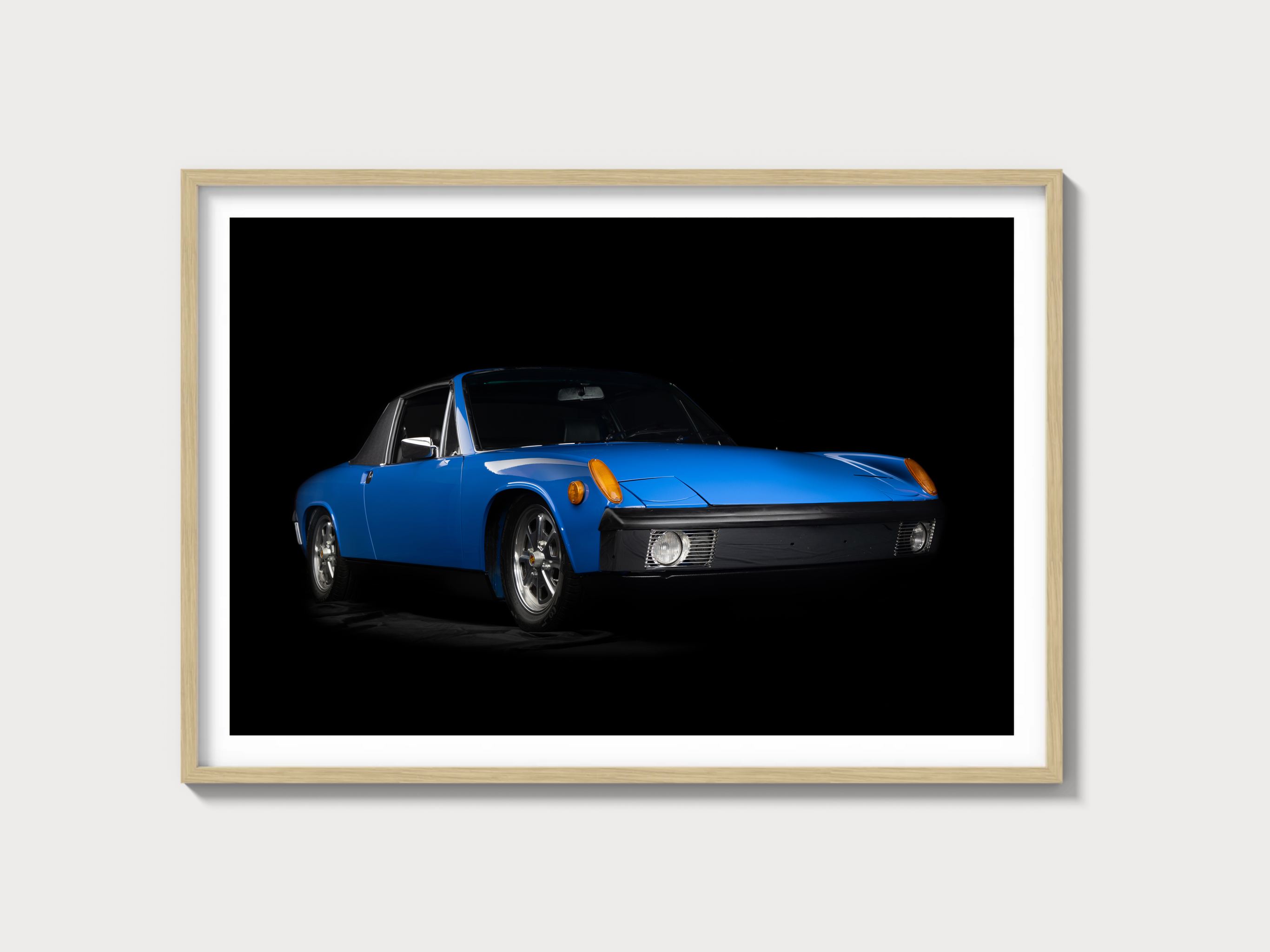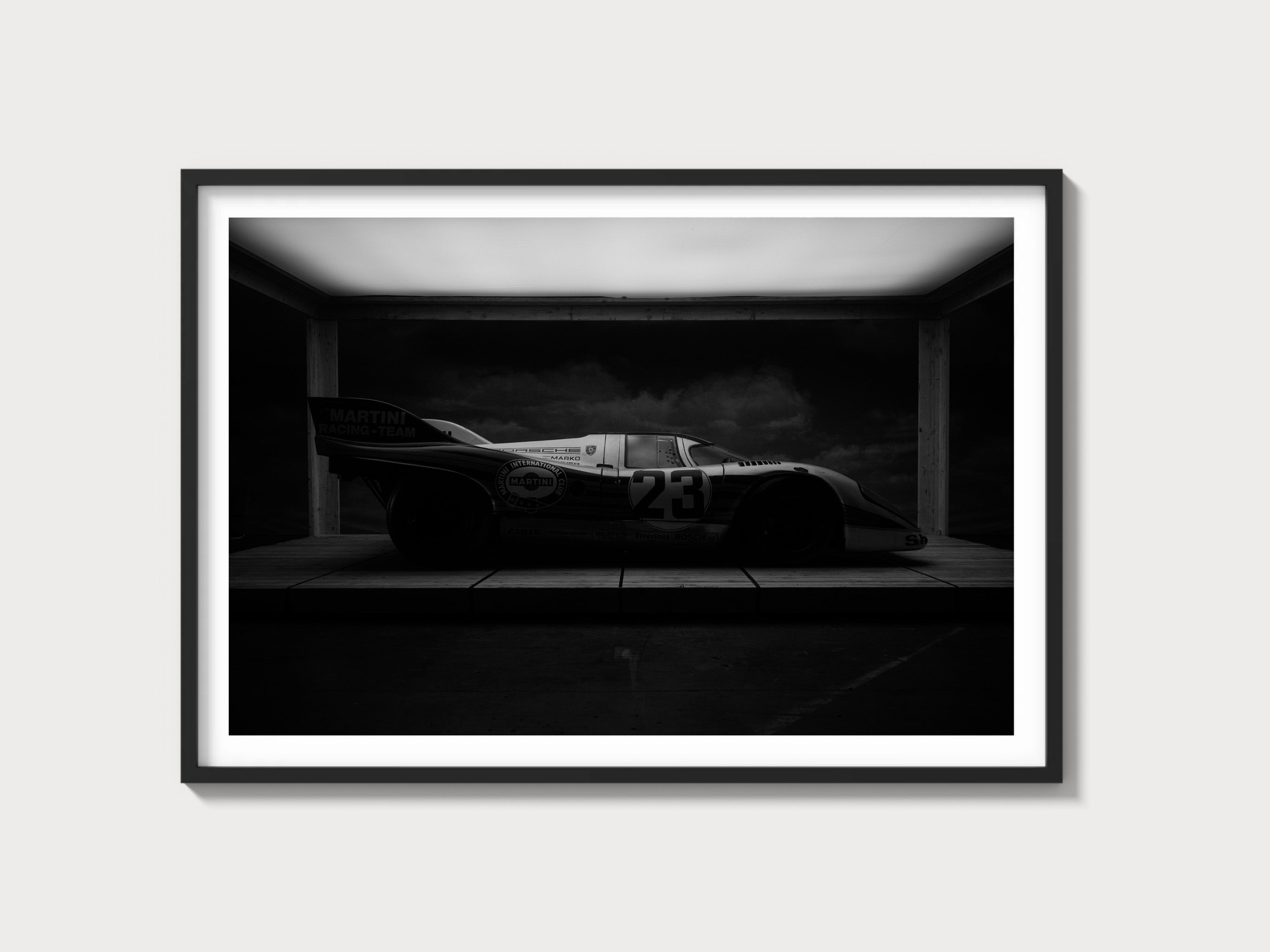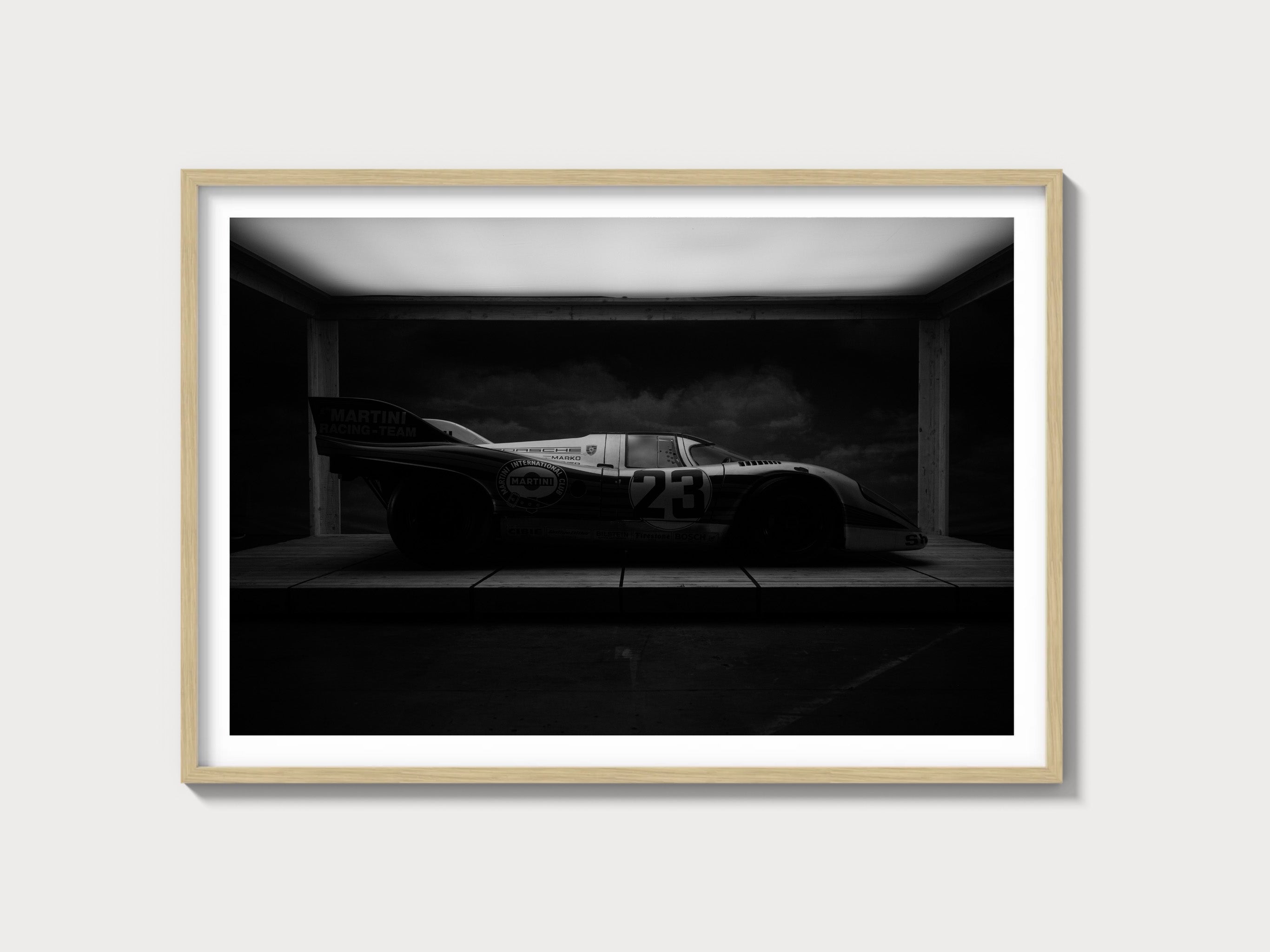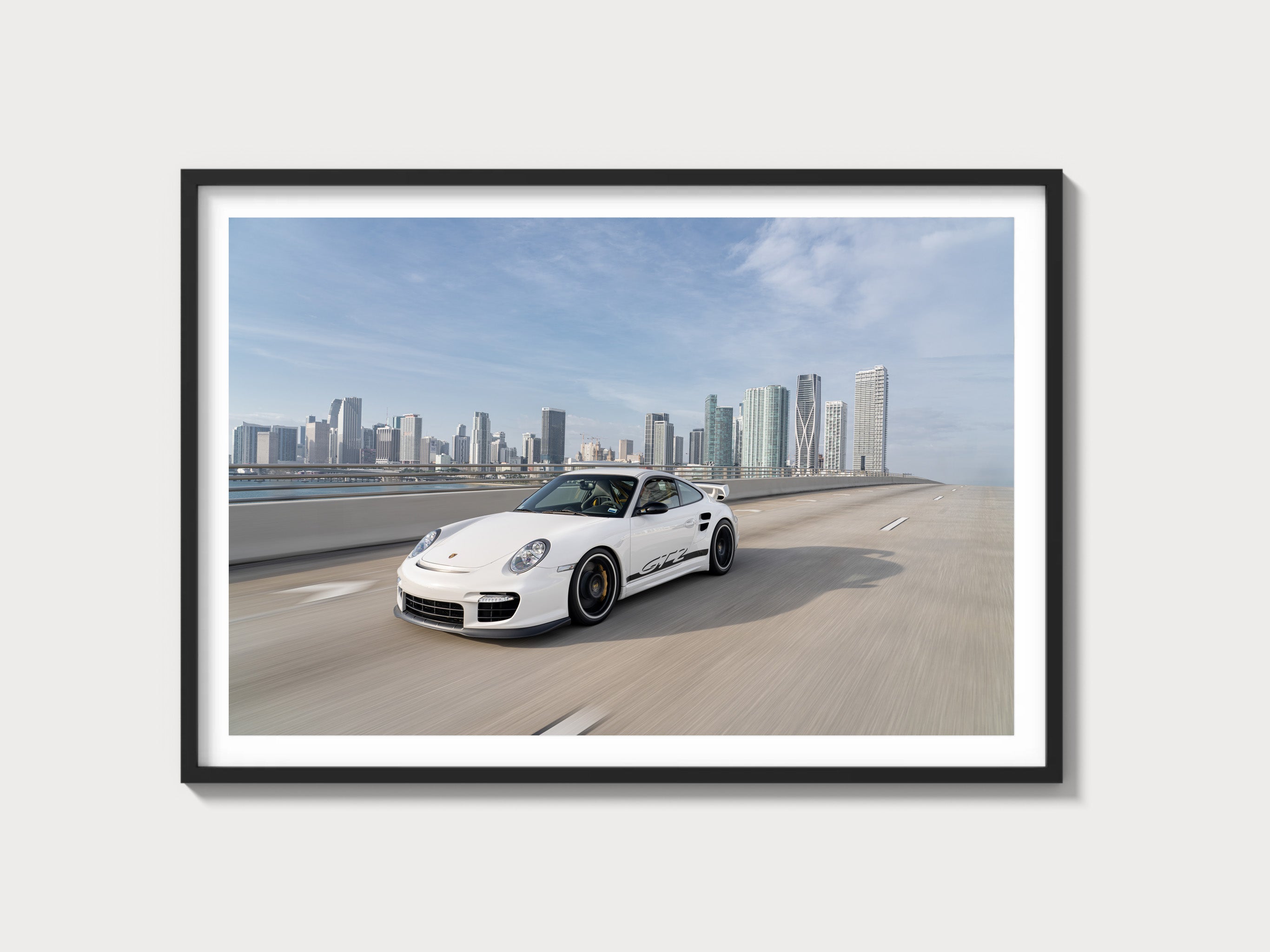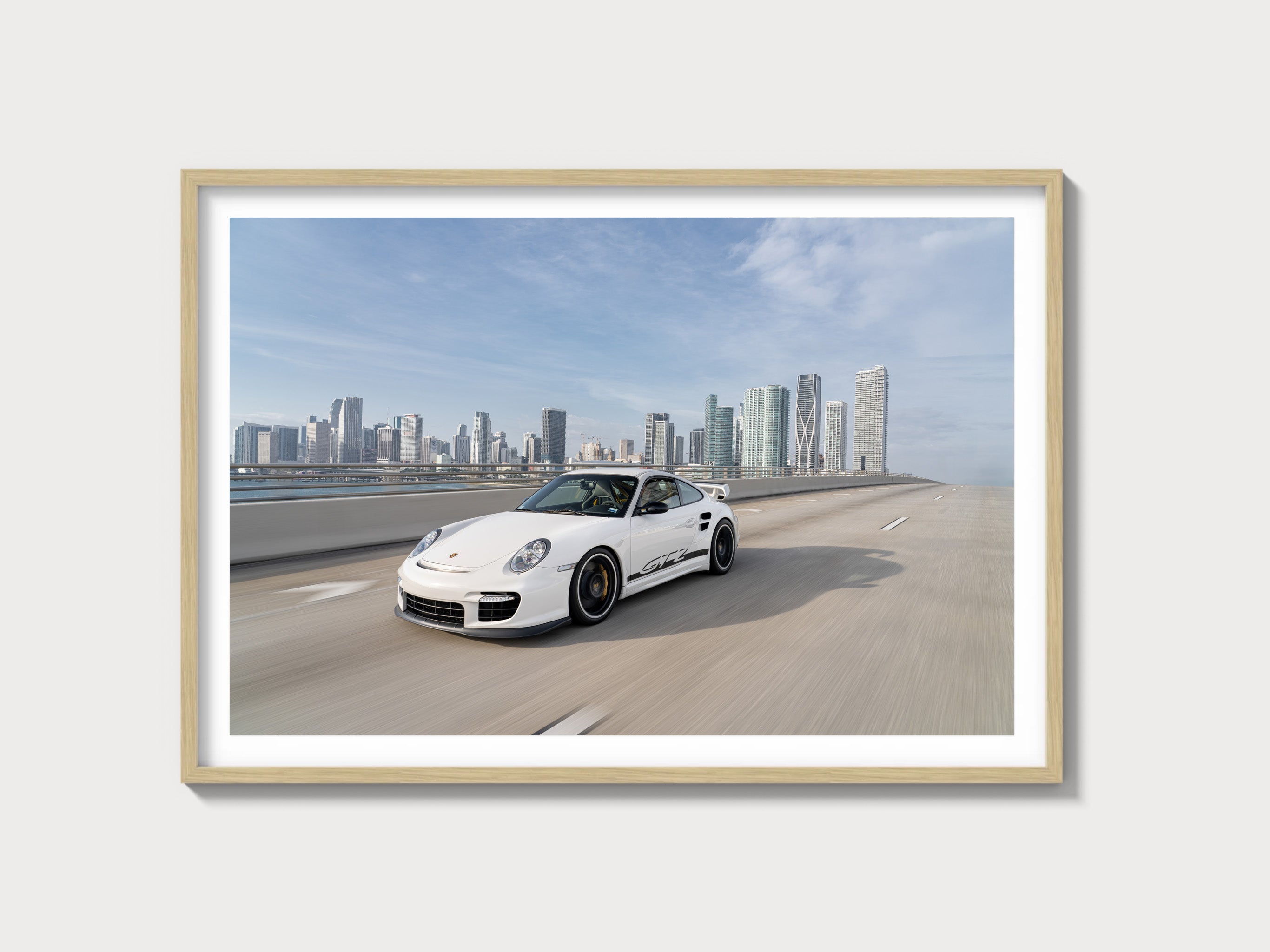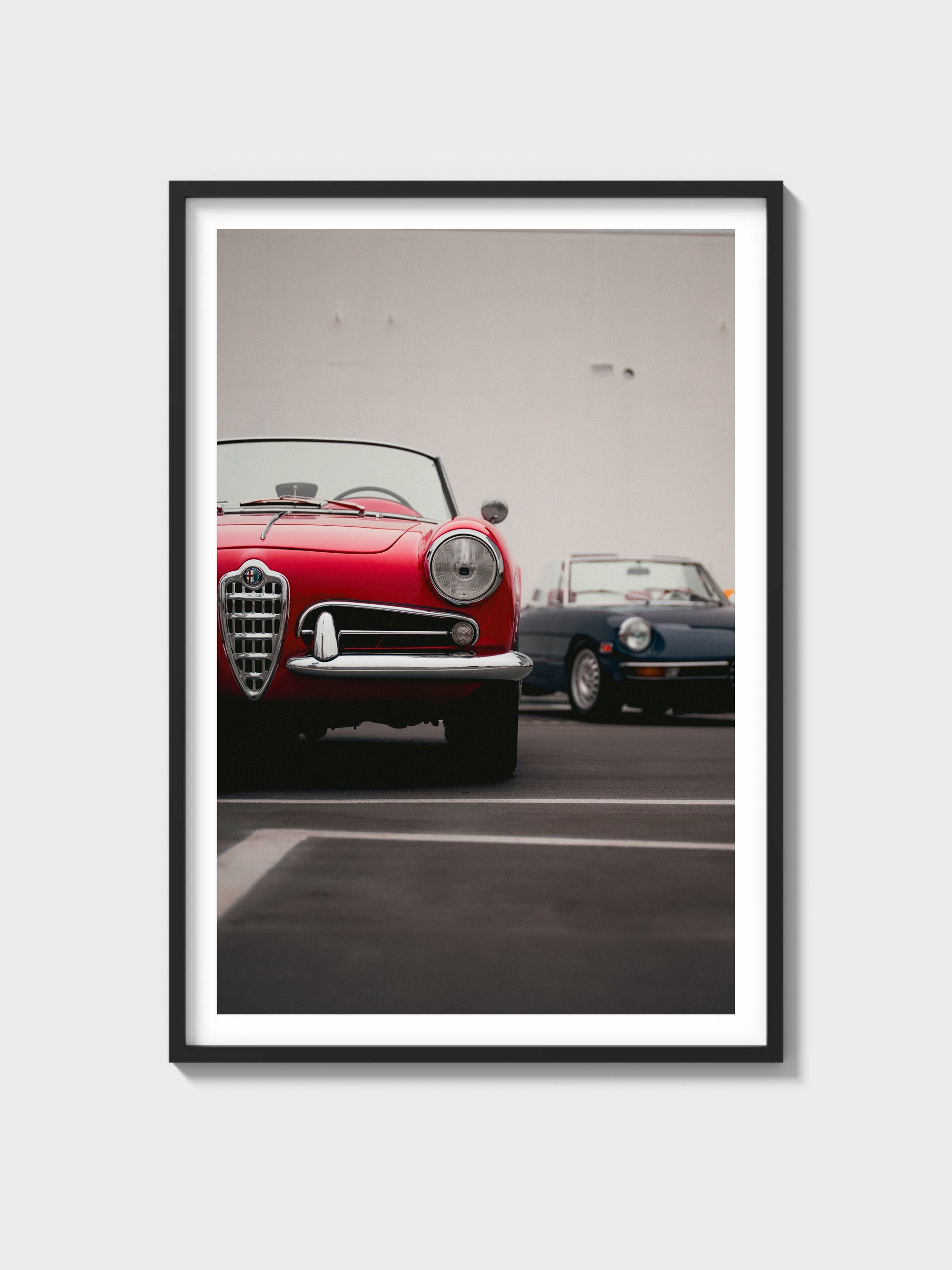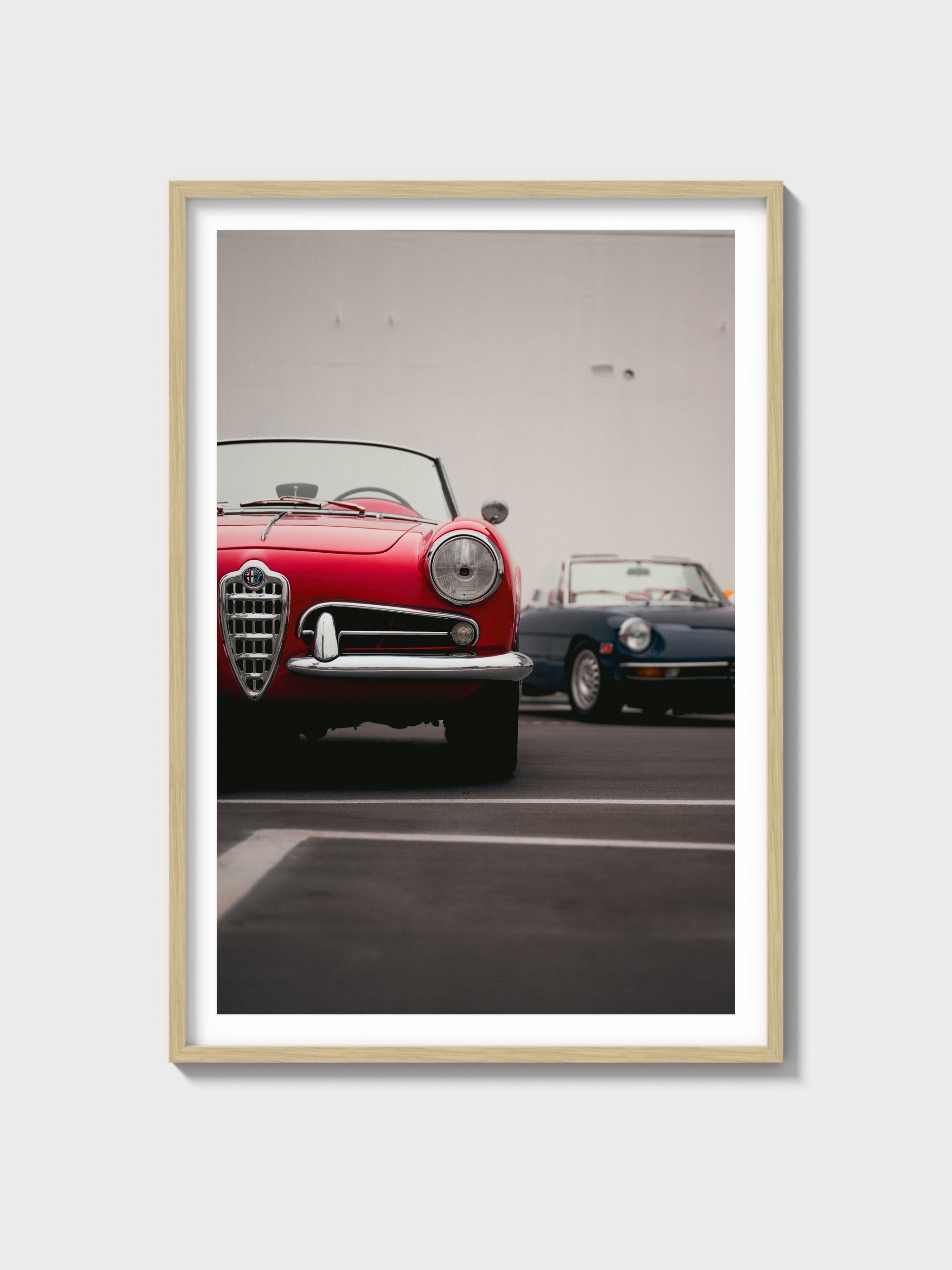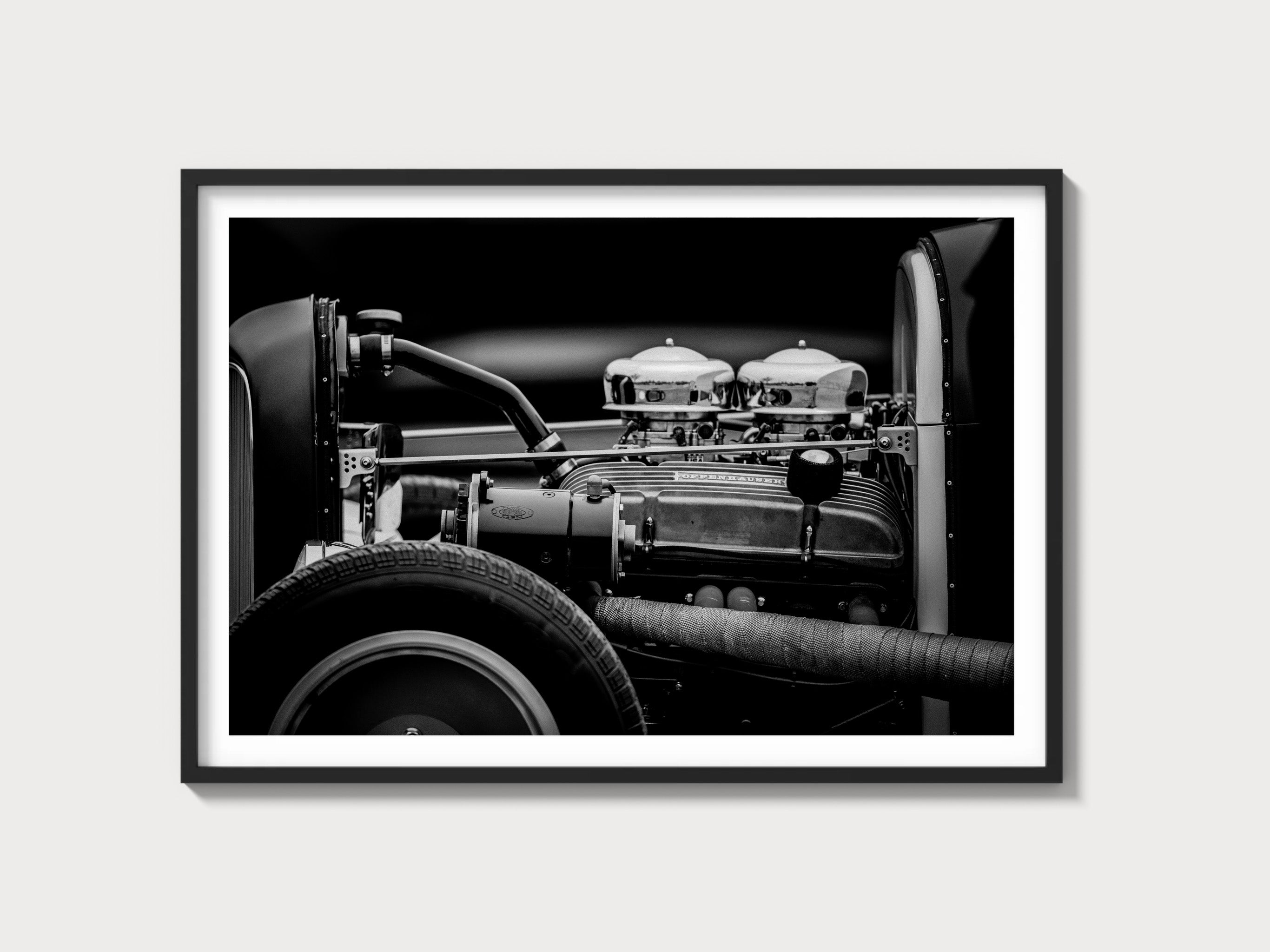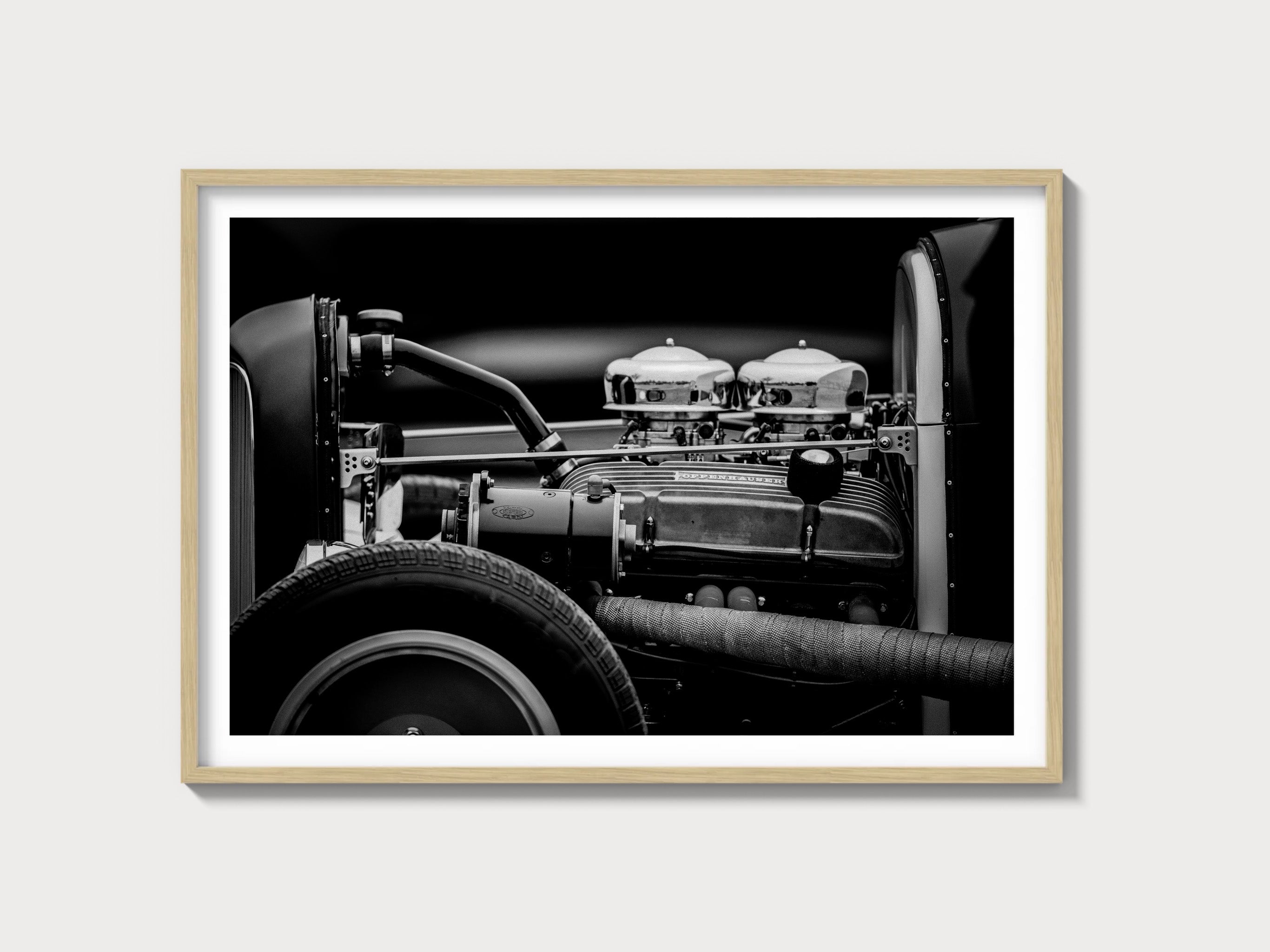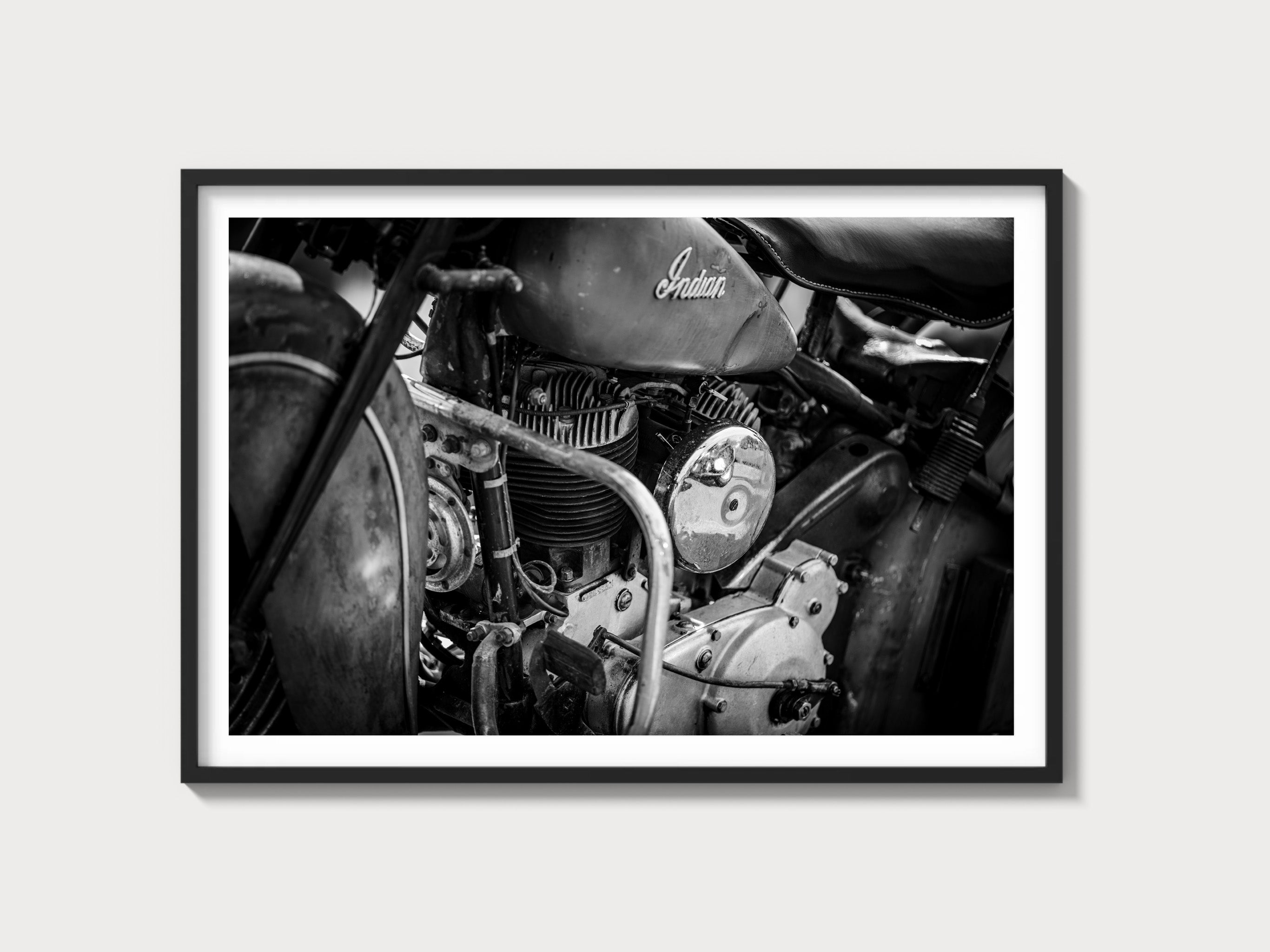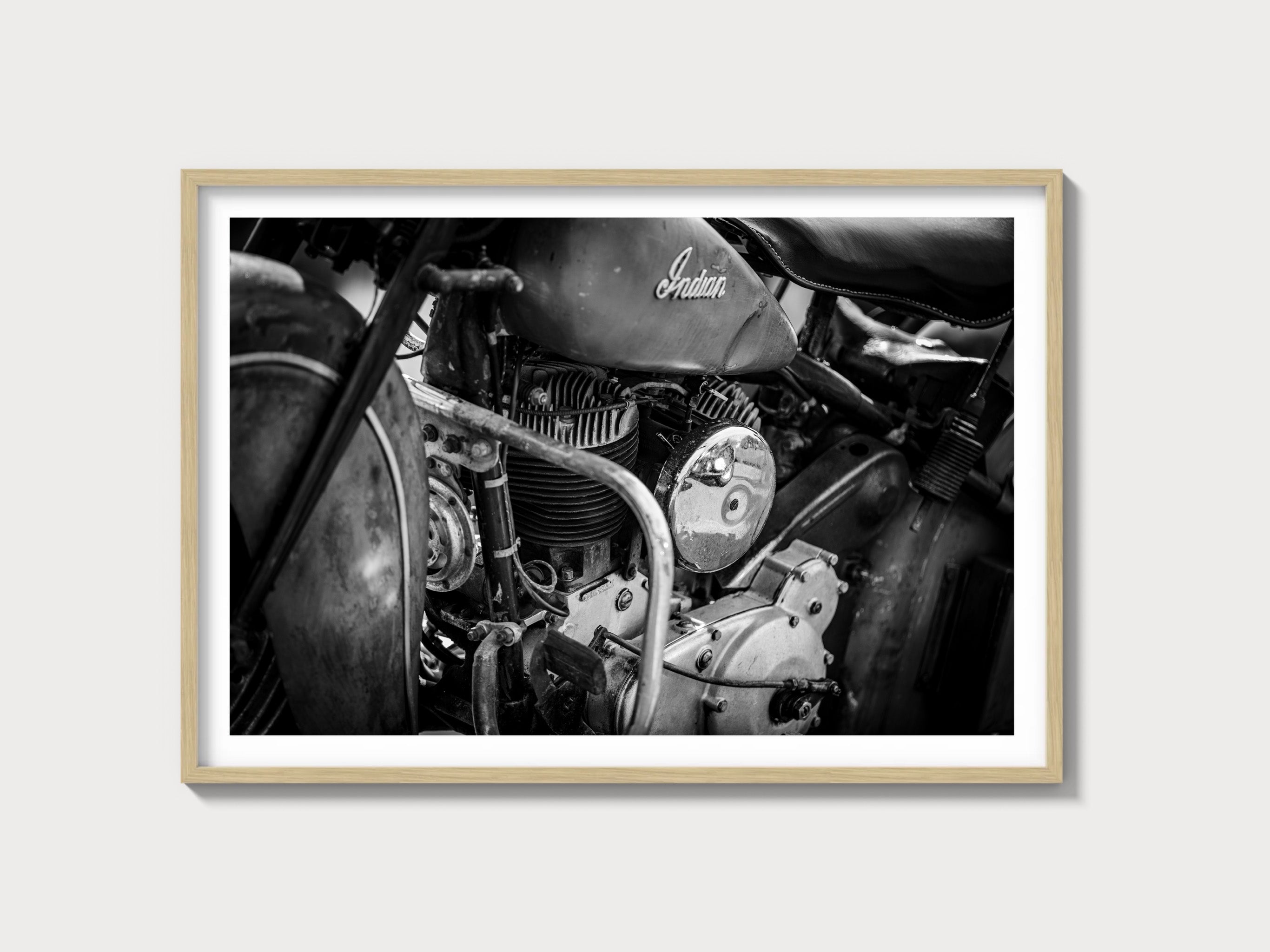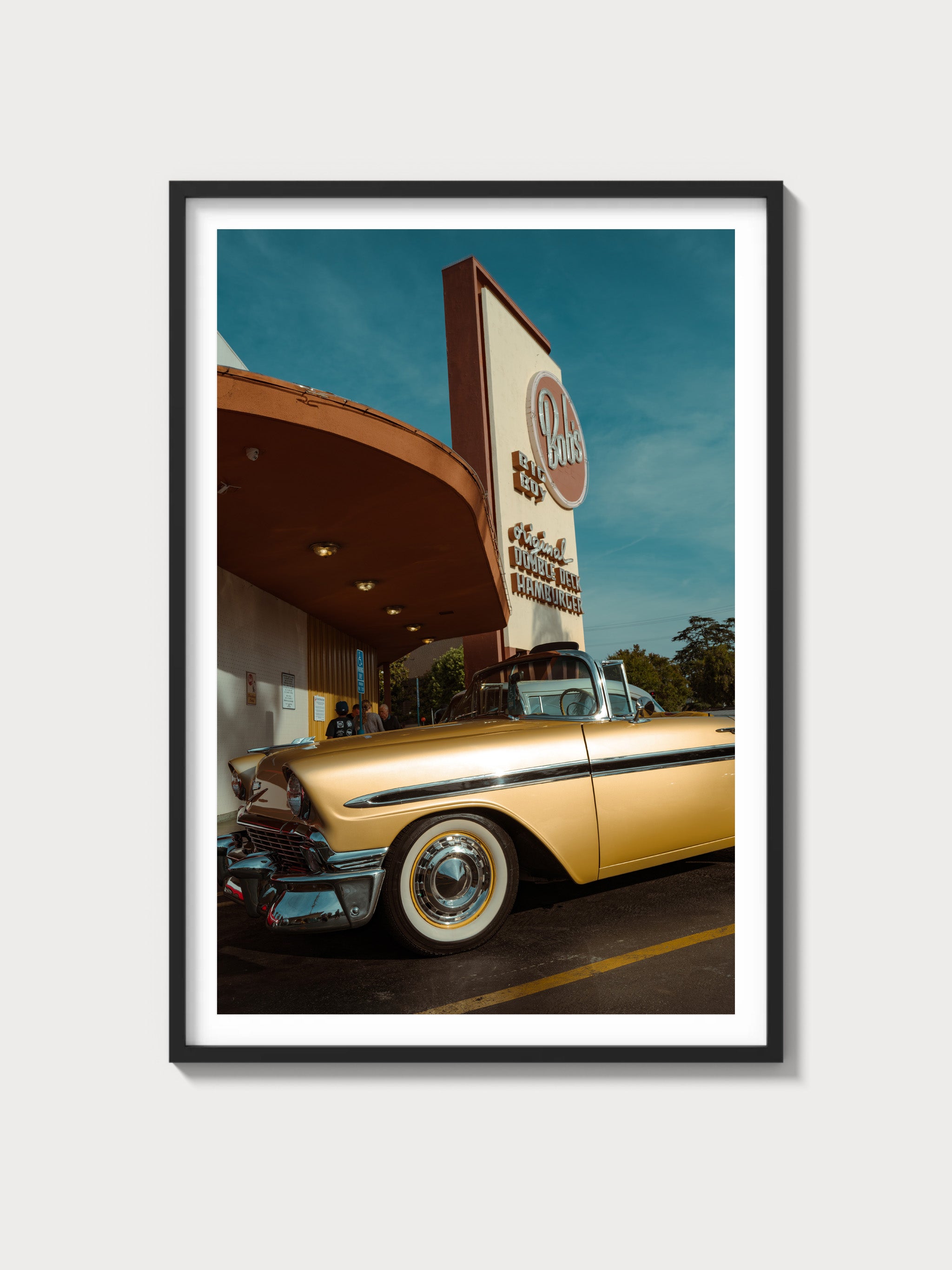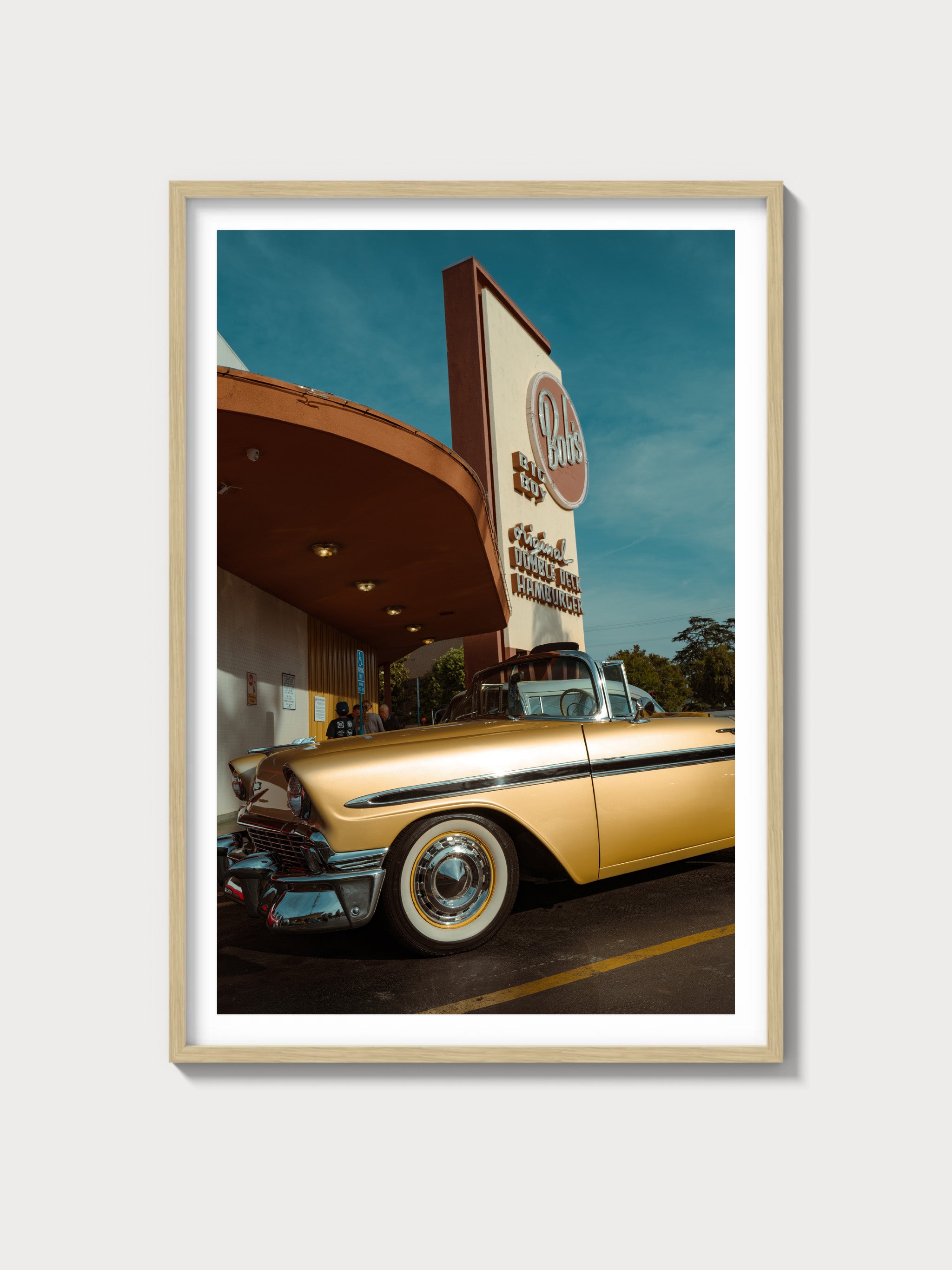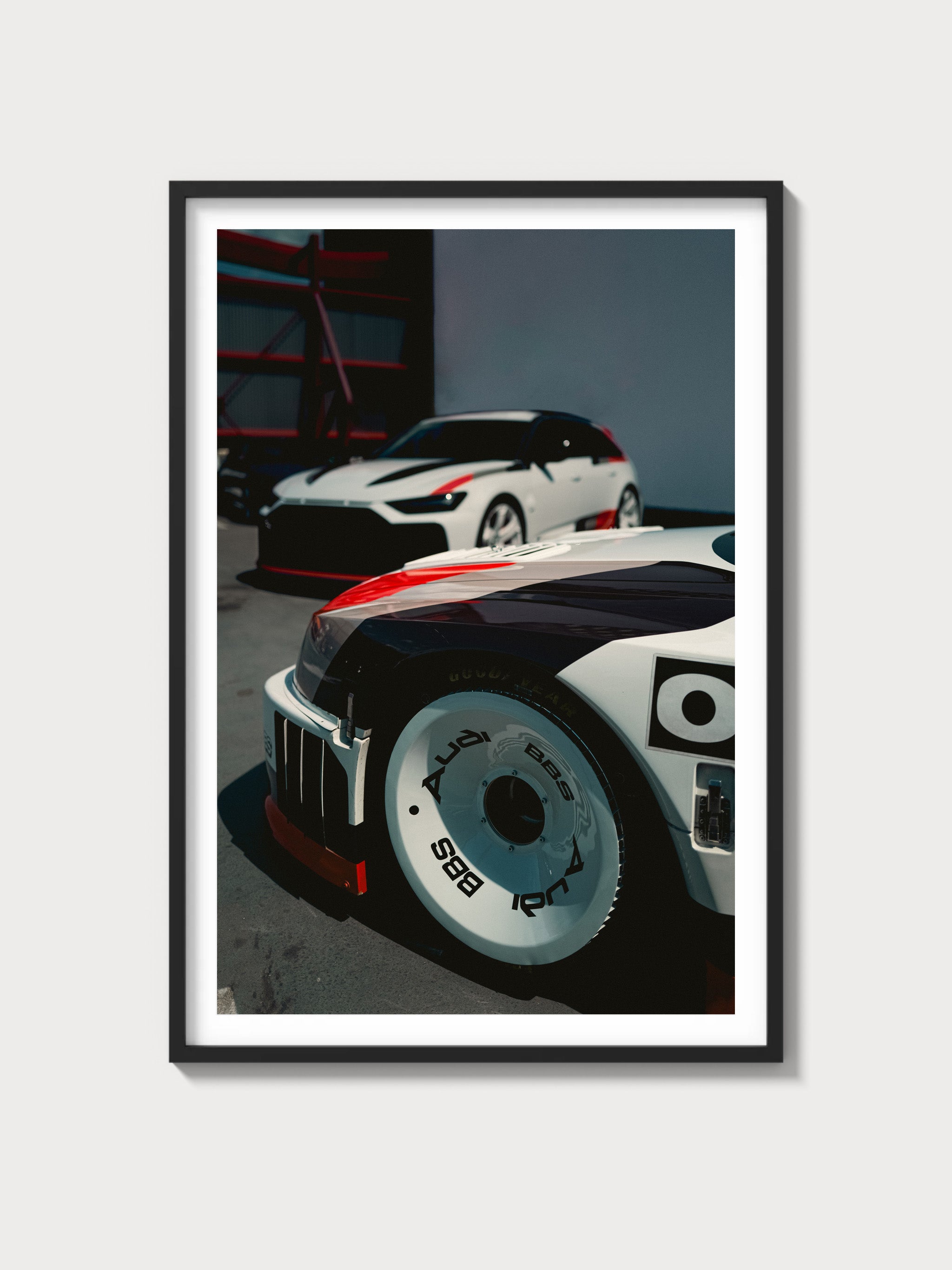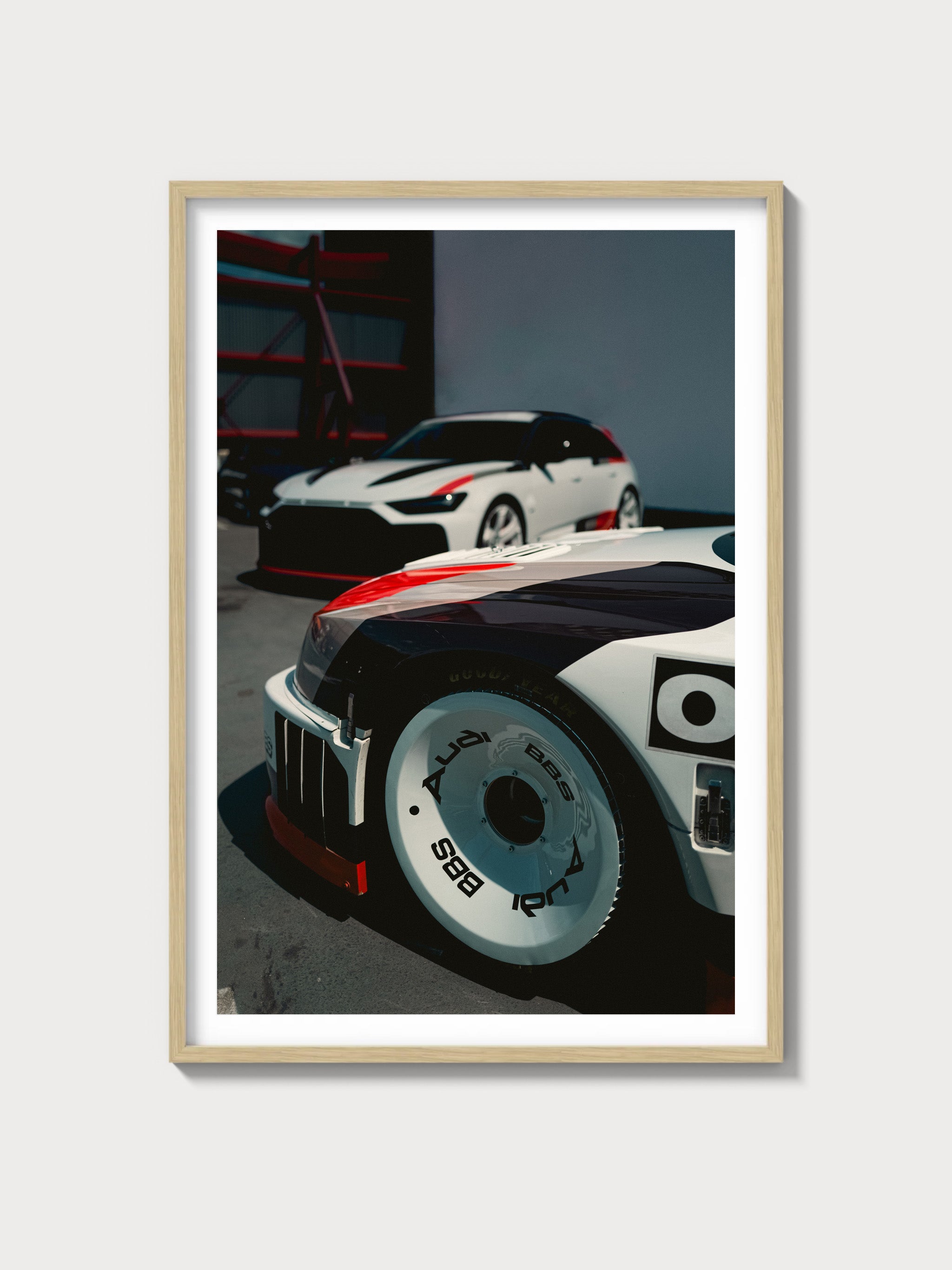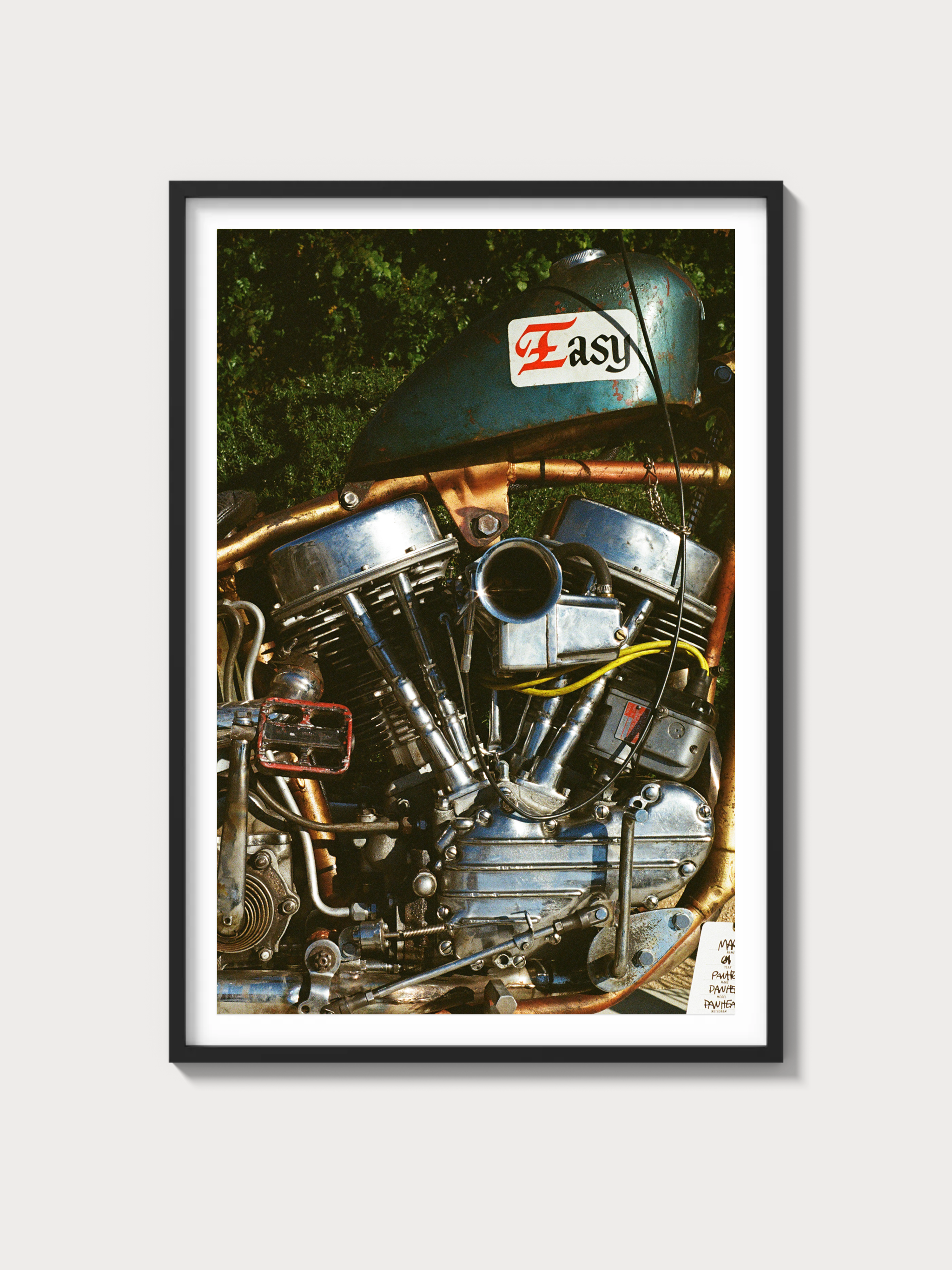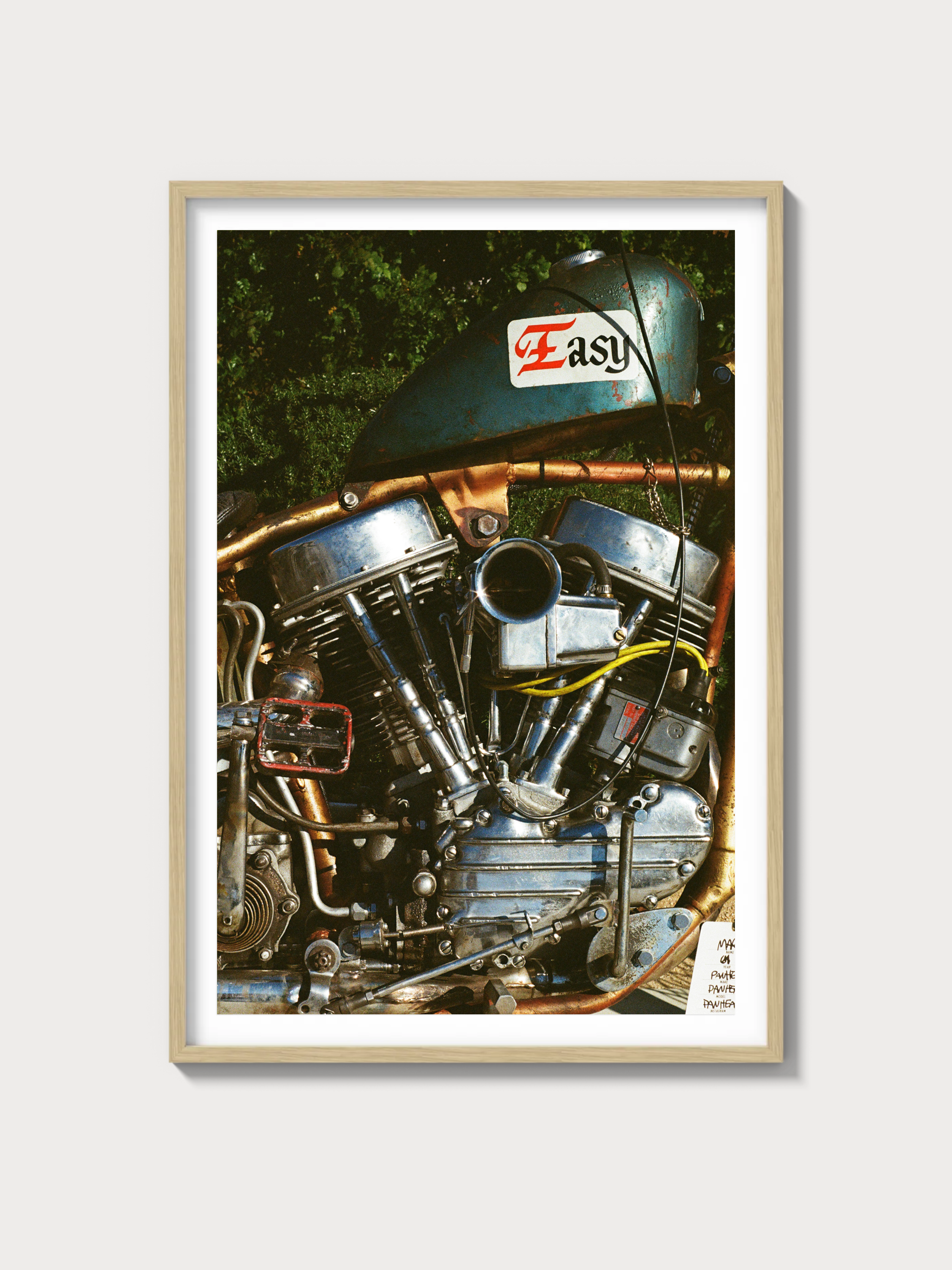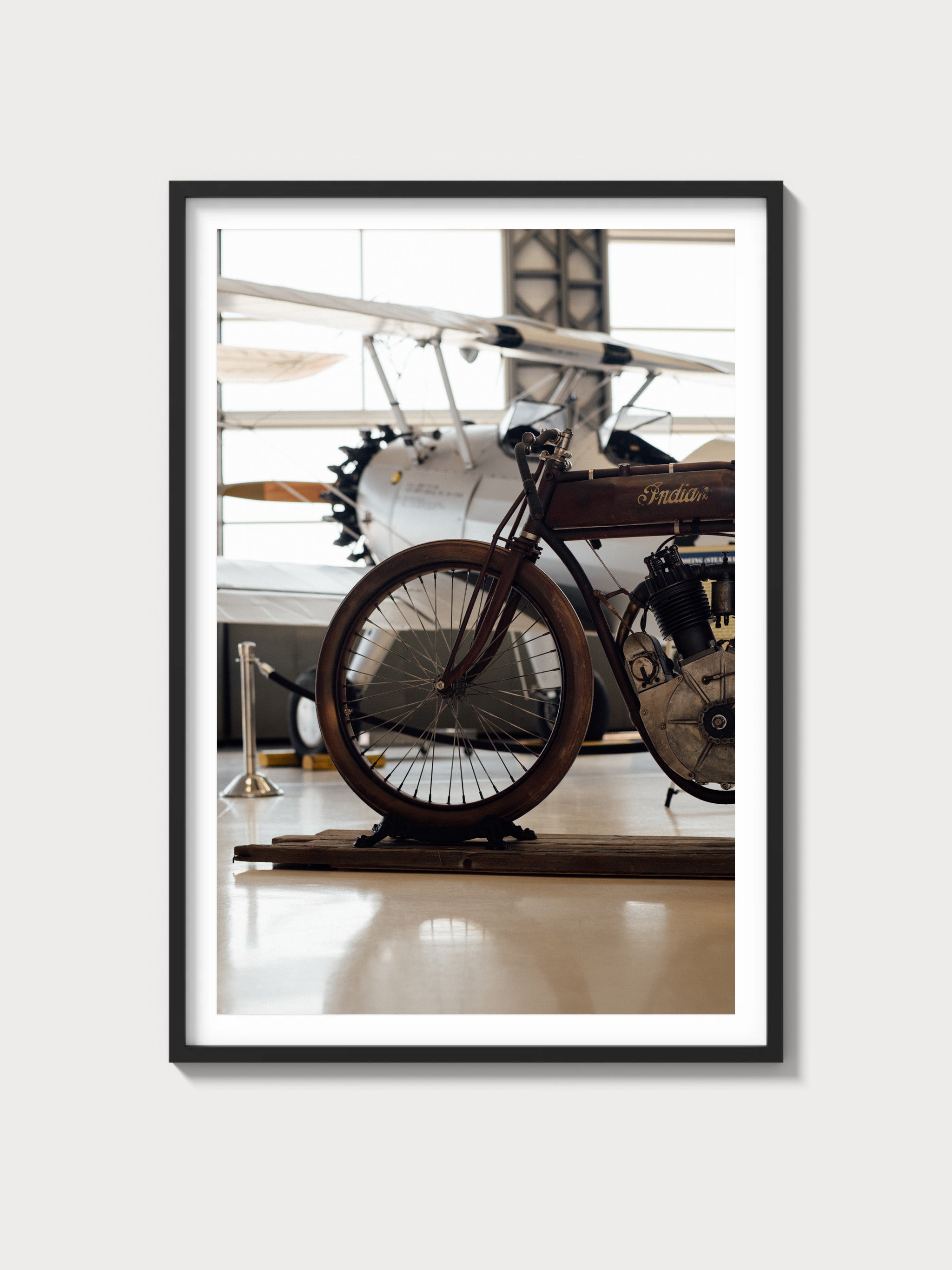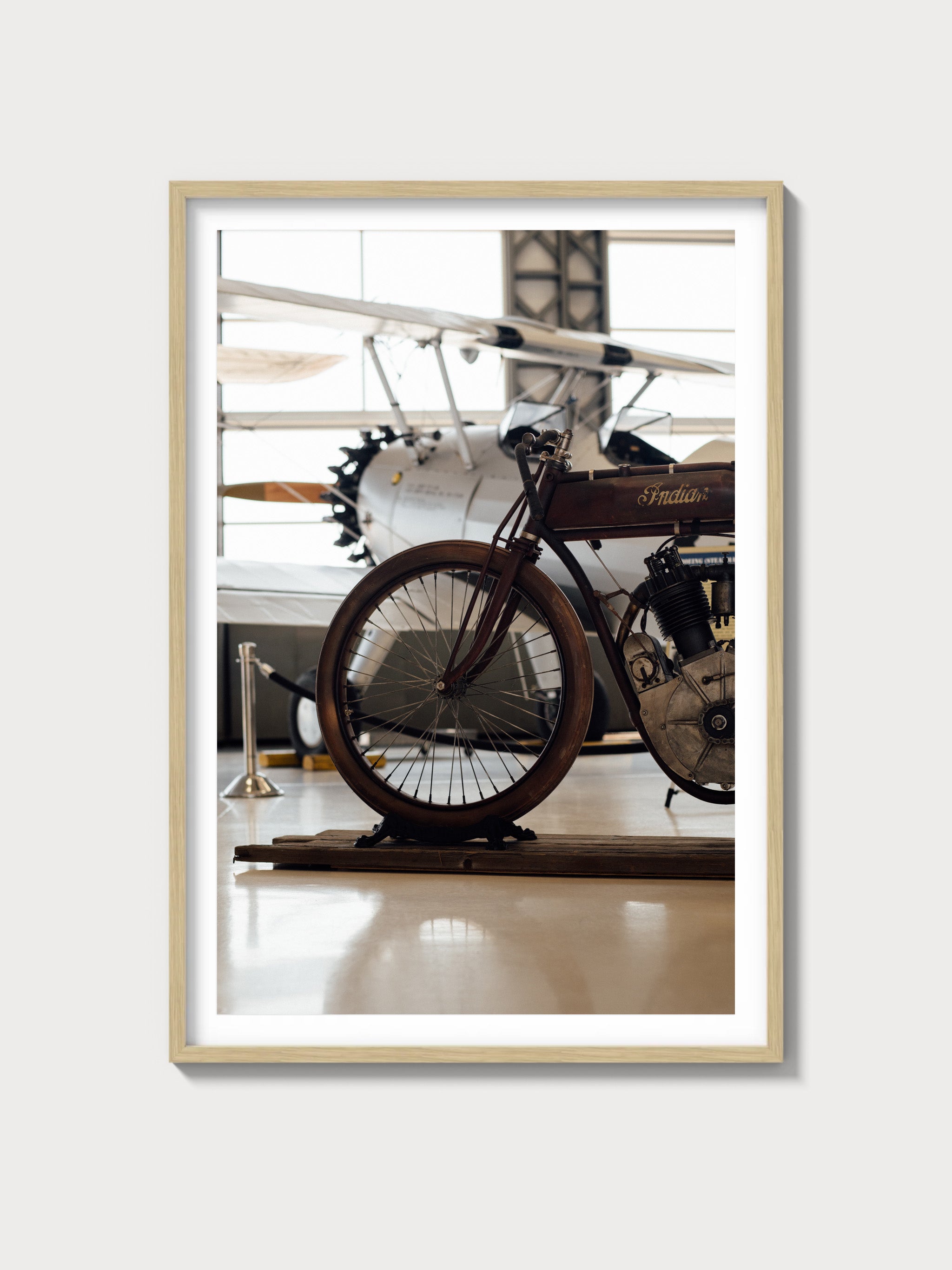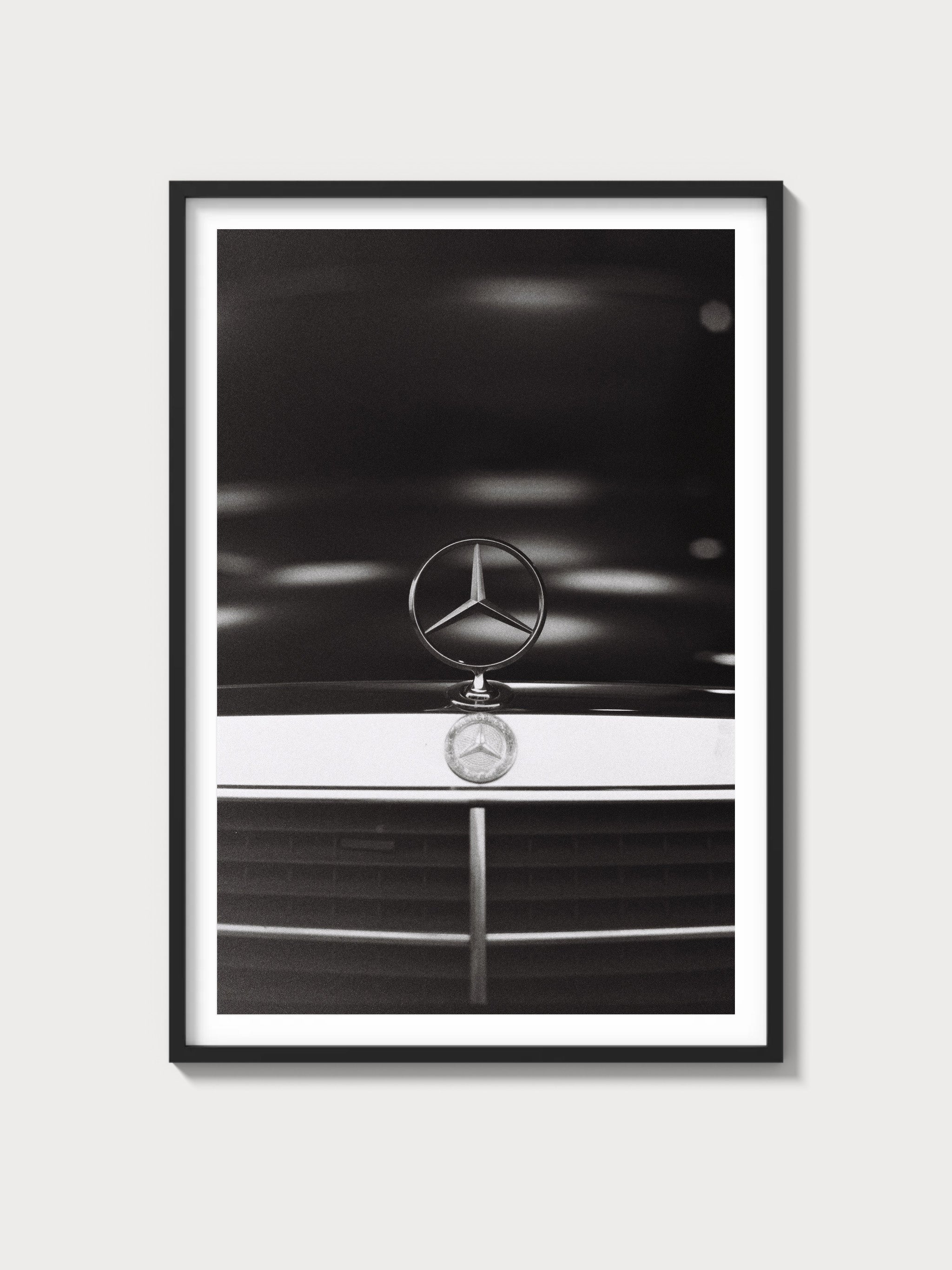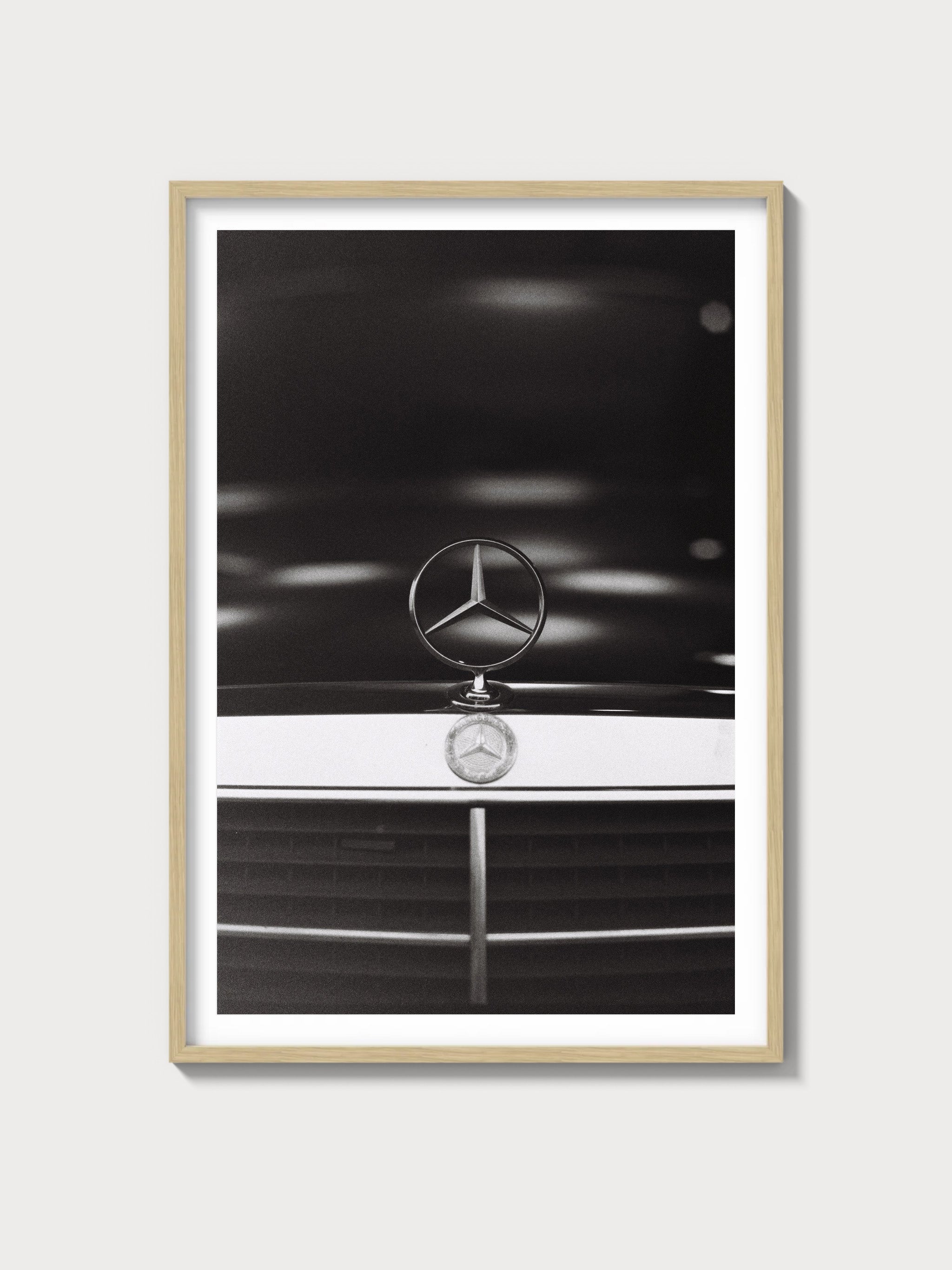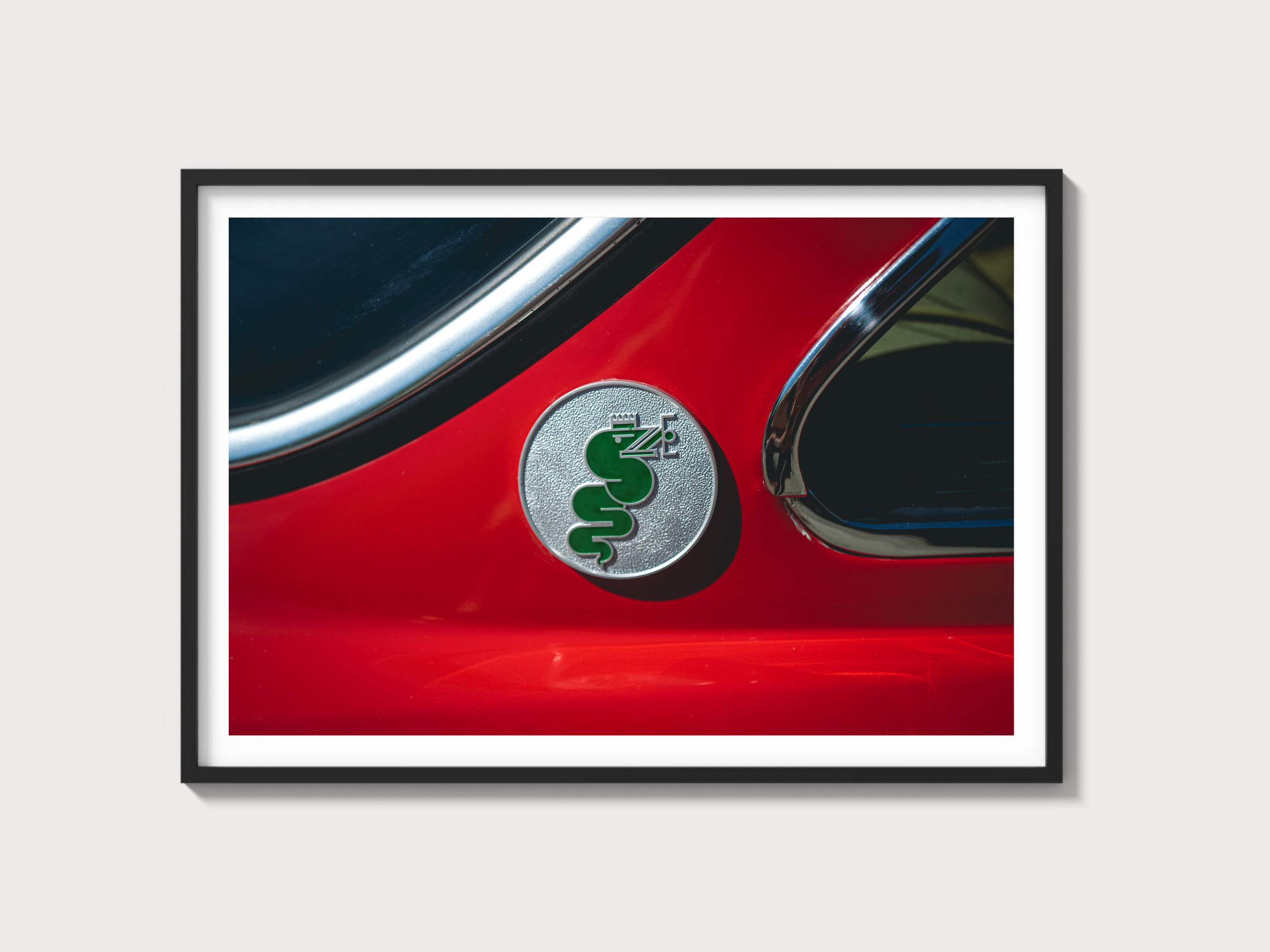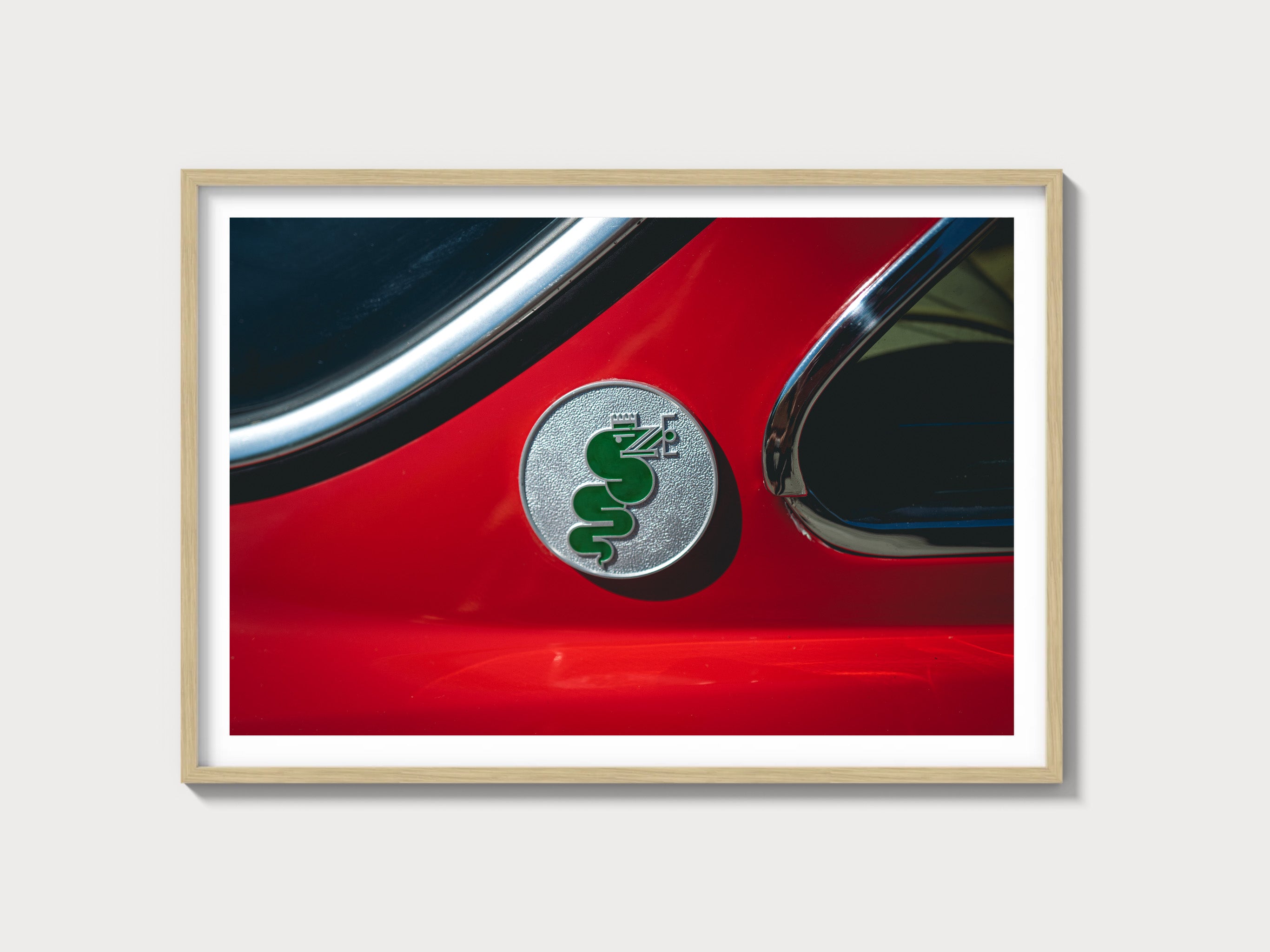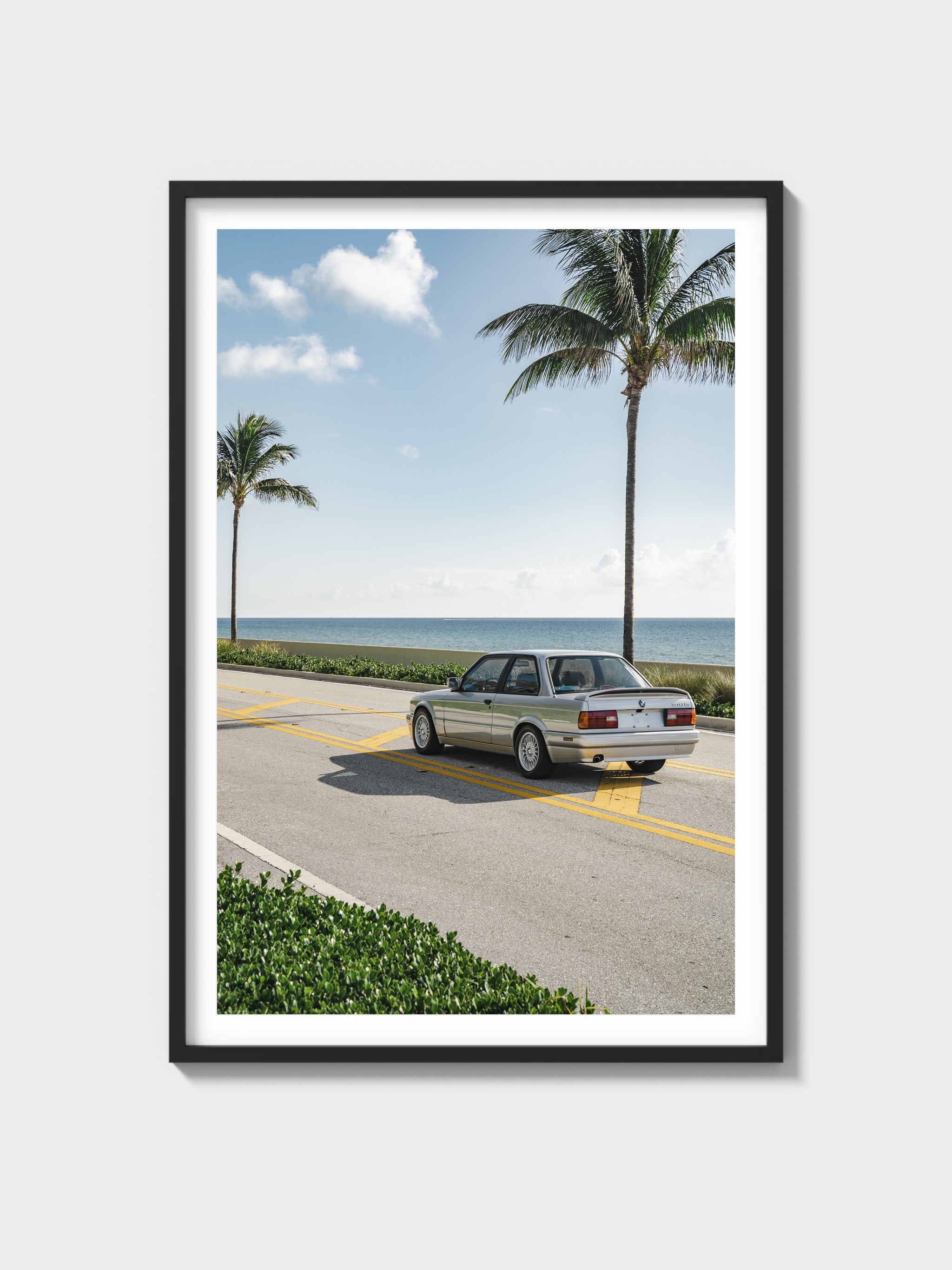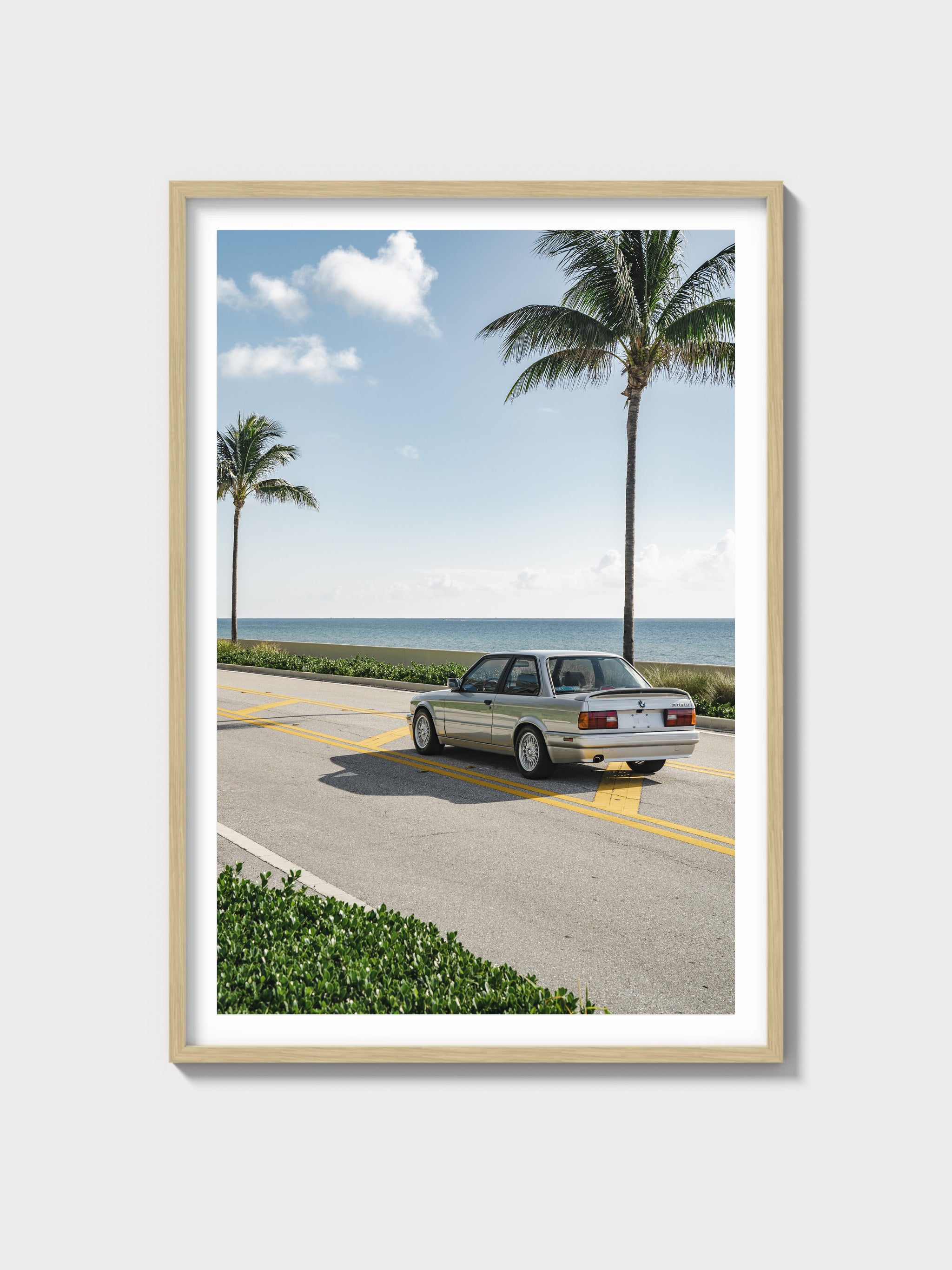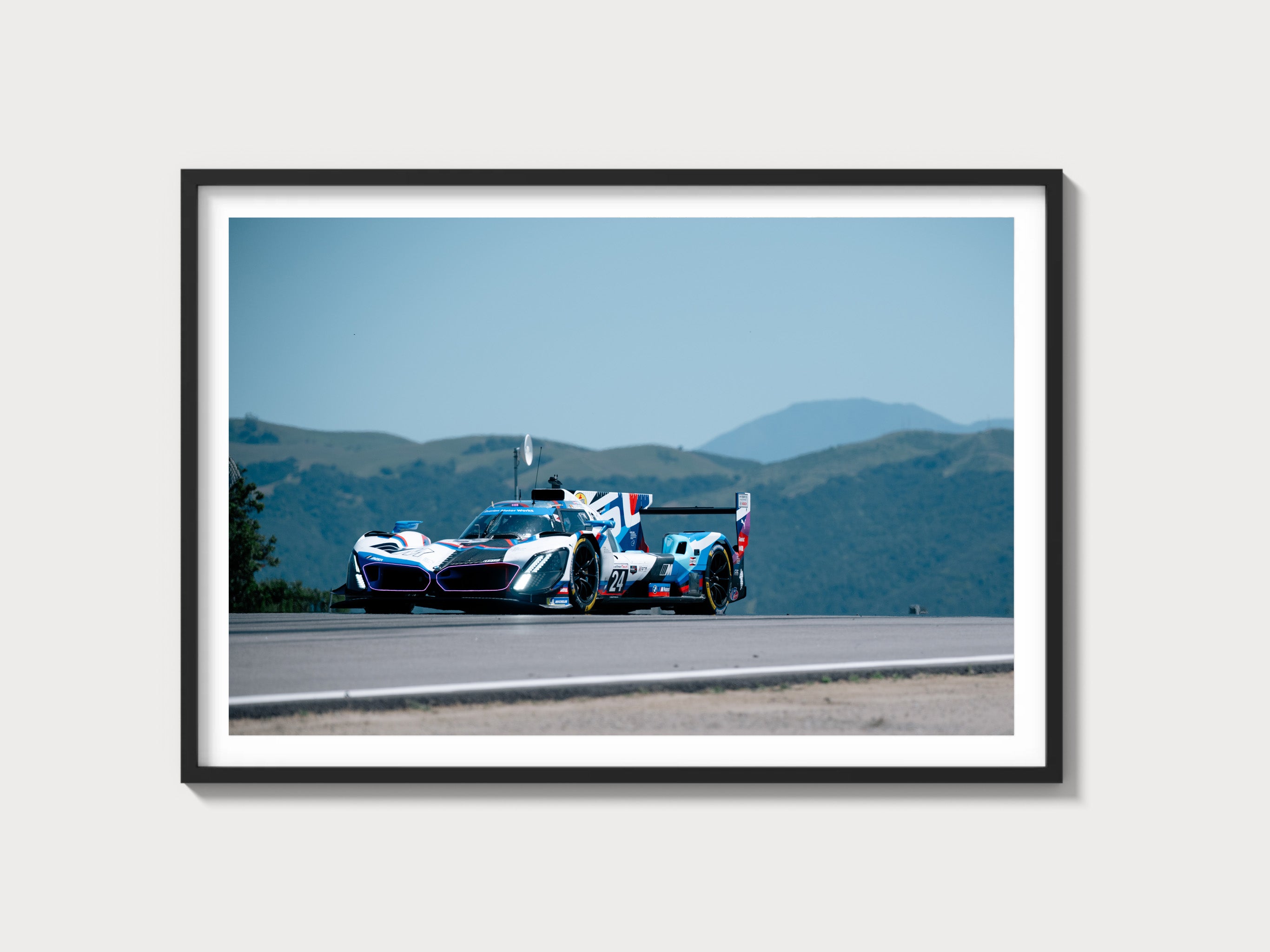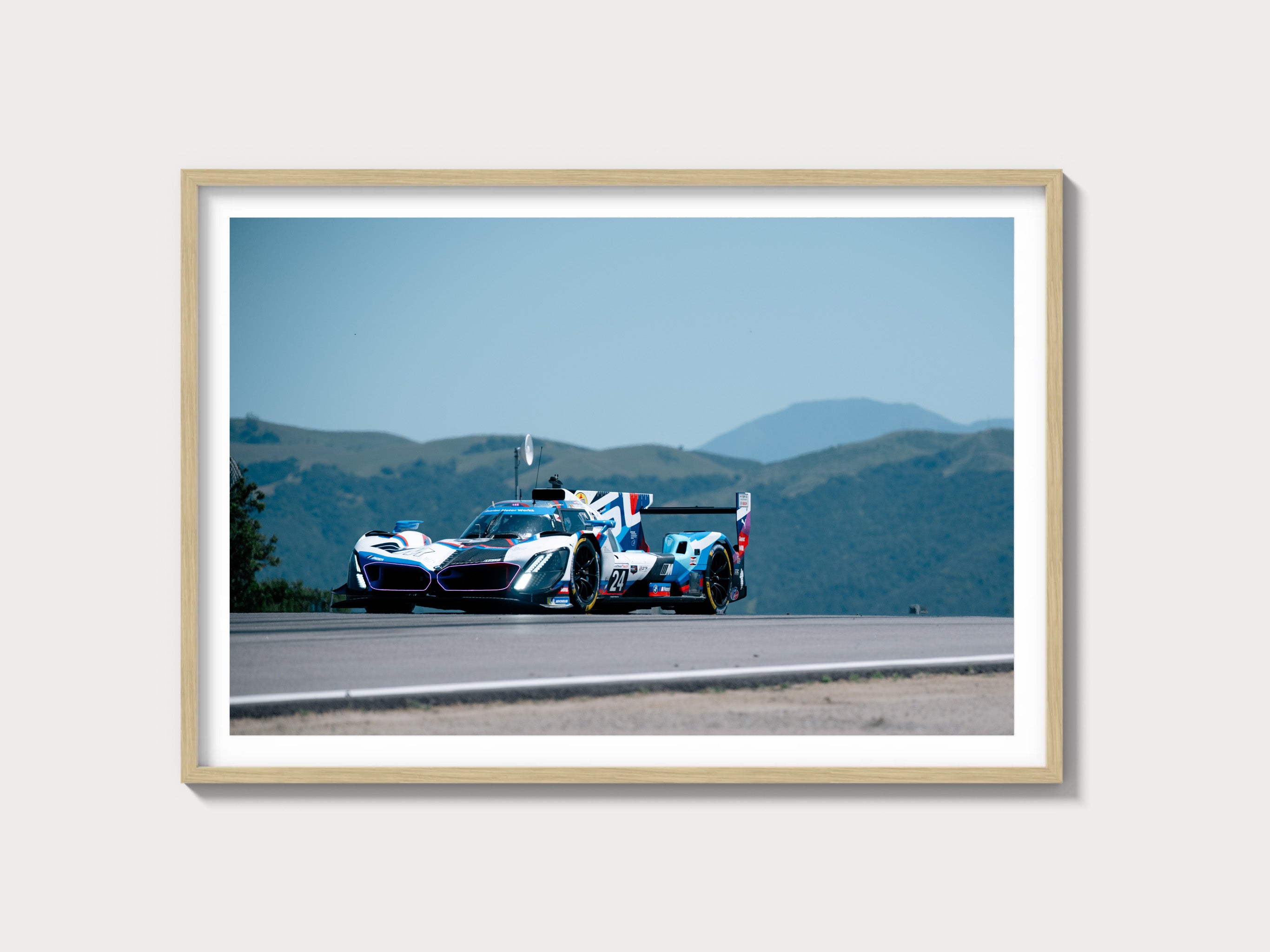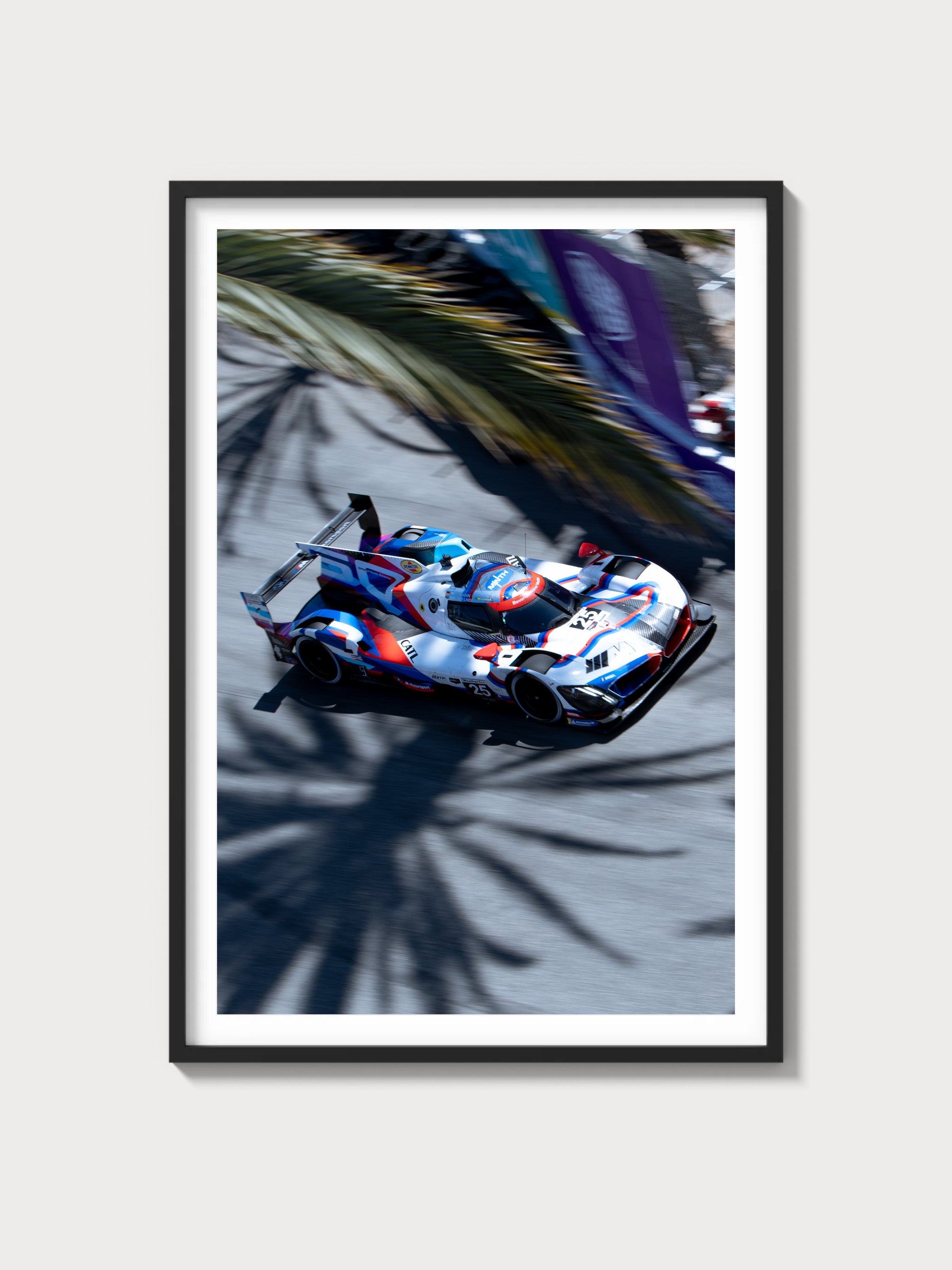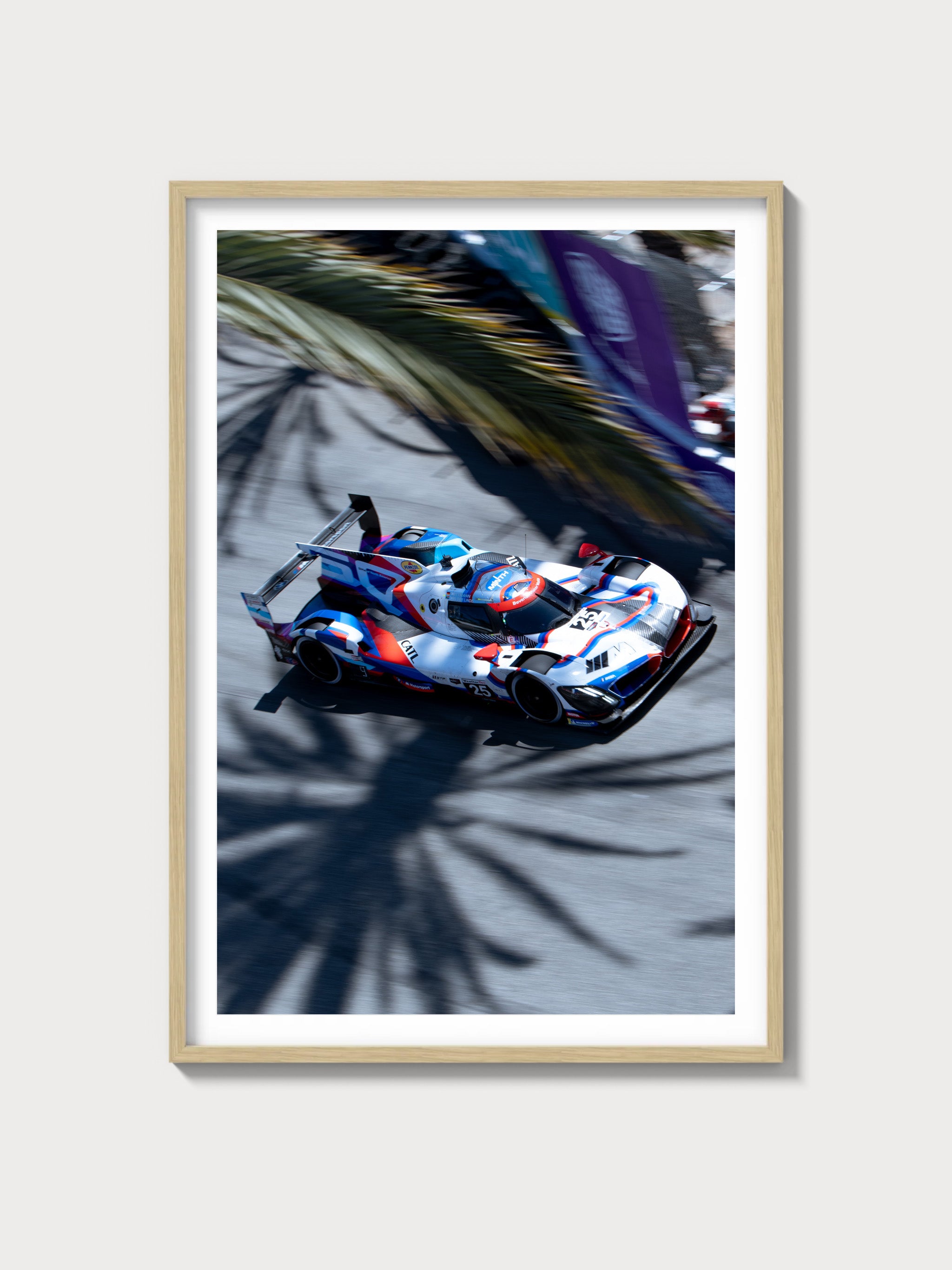The 1961–1963 Ford Thunderbird Sports Roadster: A Legendary Chapter
Historical Context and Development Background
The Ford Thunderbird Sports Roadster, introduced in 1961, emerged as a symbol of American automotive innovation, marking the zenith of Ford's design and engineering prowess during the early 1960s. This era, characterized by a burgeoning interest in personal luxury cars, saw the Thunderbird transform from its initial sporty persona to a more opulent and performance-oriented vehicle, catering to an affluent clientele seeking exclusivity and style.
Under the guidance of Ford's then-head of design, Elwood Engel, the Thunderbird Sports Roadster was crafted to compete against the likes of the Chevrolet Corvette and the Chrysler 300. The design ethos was clear: merge the elegance of a luxury coupe with the performance aspirations of a sports car.
Engine and Technical Specifications
| Specification | Details |
|---|---|
| Engine Configuration | V8 |
| Displacement | 390 cubic inches (6.4 liters) |
| Horsepower | 300 hp |
| Induction Type | Natural Aspiration |
| Redline | 5000 RPM |
| Fuel System | 4-barrel carburetor |
| Compression Ratio | 10.0:1 |
| Bore/Stroke | 4.05 x 3.78 inches |
Driving Experience and Handling Dynamics
The Thunderbird Sports Roadster delivered a driving experience that was unmatched in its class. The vehicle's suspension featured a sophisticated setup for its time, with coil springs and a stabilizer bar at the front, coupled with leaf springs at the rear, providing a balance between comfort and handling. The three-speed Cruise-O-Matic automatic transmission allowed for smooth shifts, complementing the V8's robust torque delivery.
Full Performance Specifications
| Specification | Details |
|---|---|
| 0–60 mph | 8.5 seconds |
| Top Speed | 125 mph |
| Quarter-mile | 16.5 seconds |
| Weight | 4200 lbs |
| Layout | FR (Front-engine, rear-wheel-drive) |
| Brakes | Drum brakes all around |
| Suspension | Front: Coil springs, Rear: Leaf springs |
| Gearbox Type | 3-speed automatic |
Variant Breakdown
- 1961: Launch year with approximately 1,427 units produced, featuring the distinctive fiberglass tonneau cover.
- 1962: Minor updates with production numbers slightly increasing, maintaining exclusivity.
- 1963: Final production year for the Sports Roadster variant, with production tapering off as the market embraced new trends.
Ownership Notes
Owning a Thunderbird Sports Roadster requires a commitment to preservation and maintenance. Parts availability remains moderate, with specialized suppliers catering to the classic Ford community. Restoration can be intricate due to unique design elements like the tonneau cover. Routine servicing should adhere to original specifications to maintain performance and value.
Cultural Relevance
The Thunderbird Sports Roadster holds a significant place in popular culture, appearing in various films and television series, symbolizing the quintessential American dream car. It remains a coveted collectible, with auction prices reflecting its desirability and historical importance.
FAQs
Q: What is the reliability of the Thunderbird Sports Roadster?
A: When well-maintained, the Thunderbird Sports Roadster is known for its robust build quality, though it requires regular attention to maintain peak performance.
Q: How have values of the Sports Roadster trended over the years?
A: The Sports Roadster has seen an upward trend in value, driven by its rarity and historical significance.
Q: Are there known problems with the Thunderbird Sports Roadster?
A: Common issues include electrical gremlins and leaks from the convertible top mechanism, but these are manageable with attentive maintenance.

